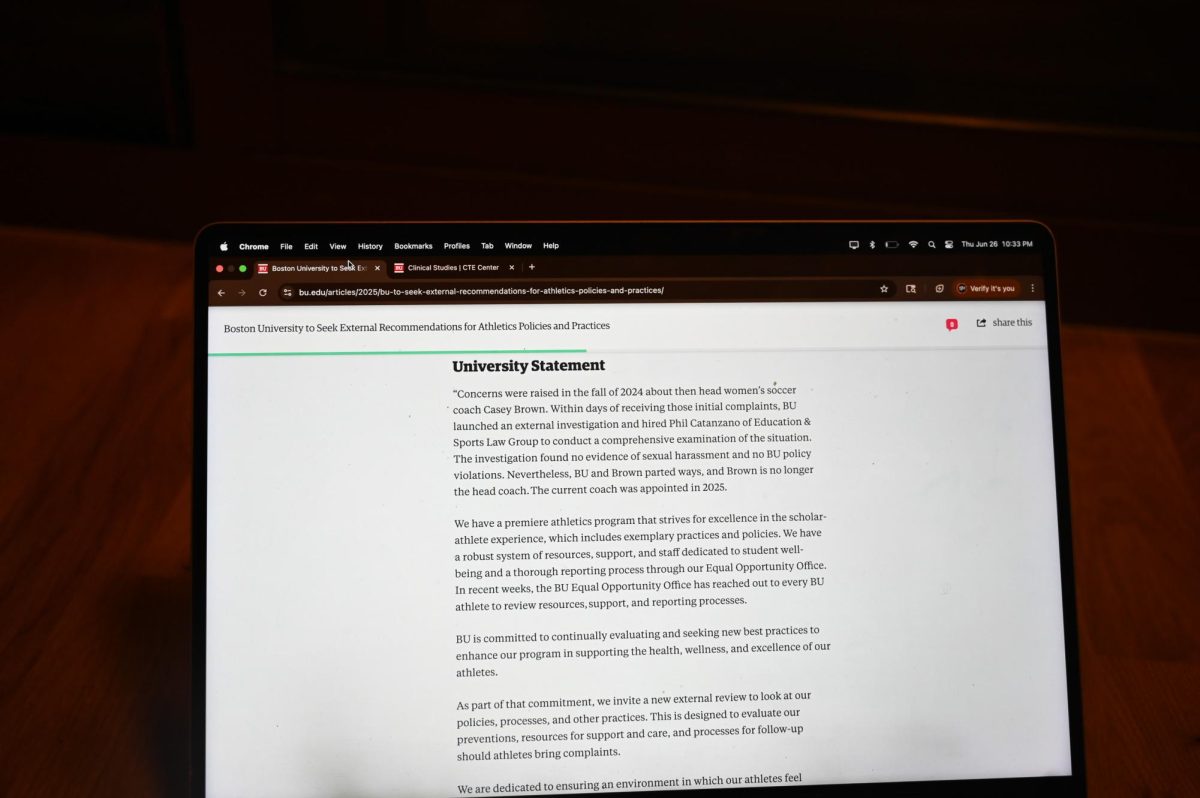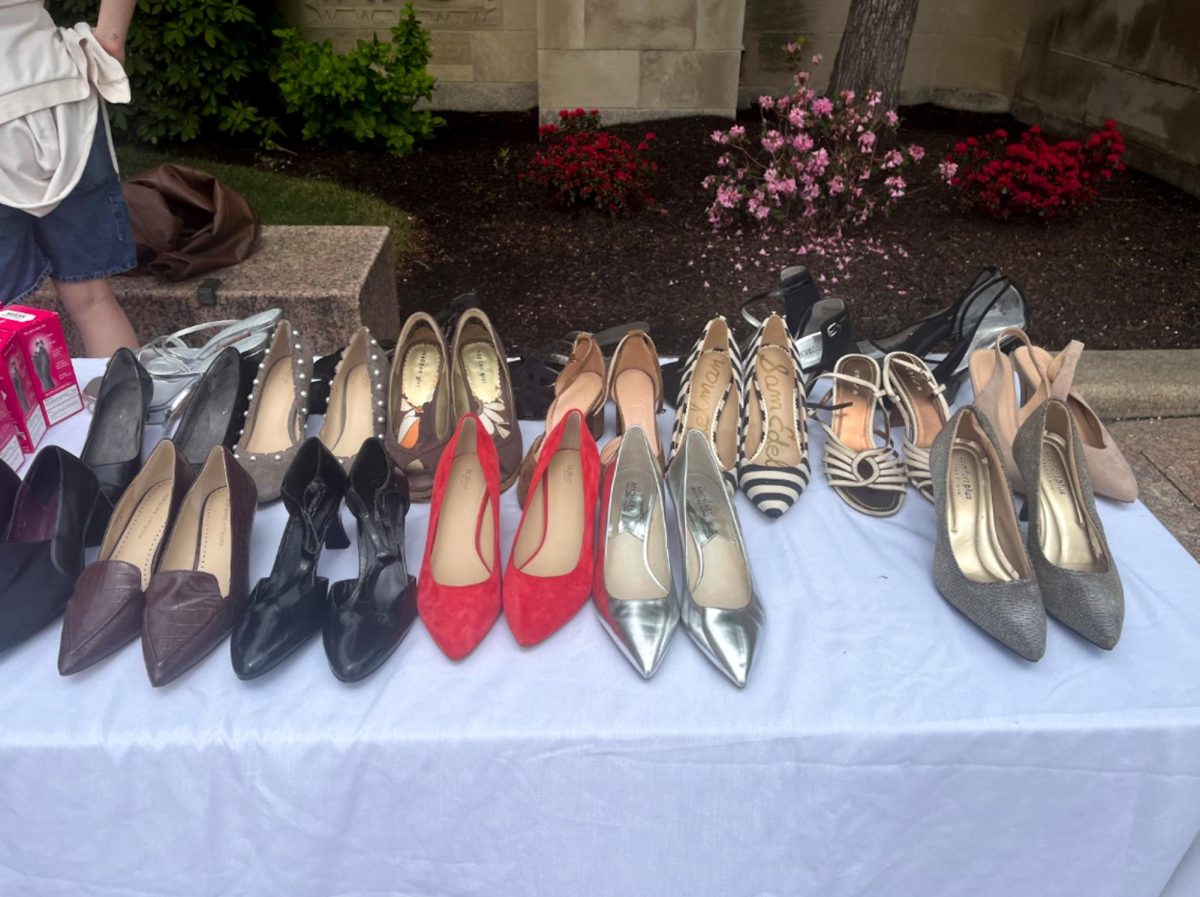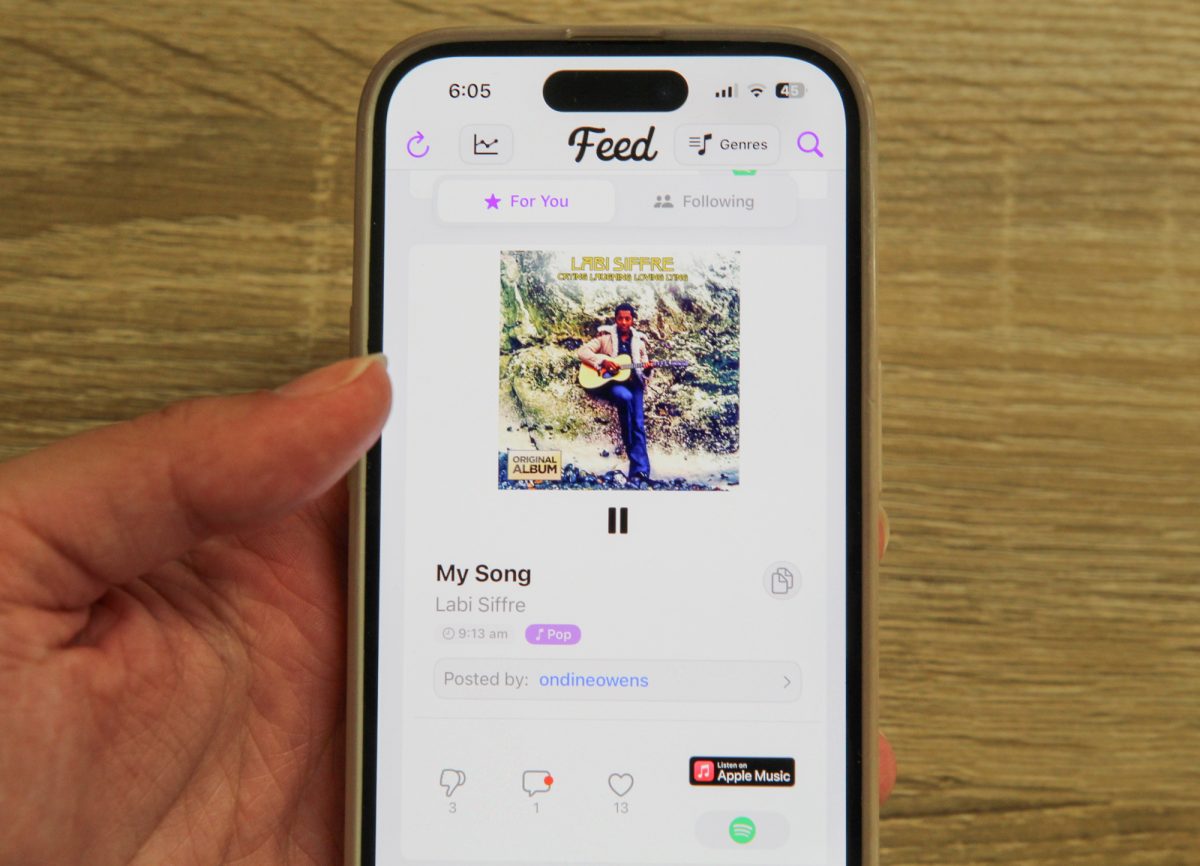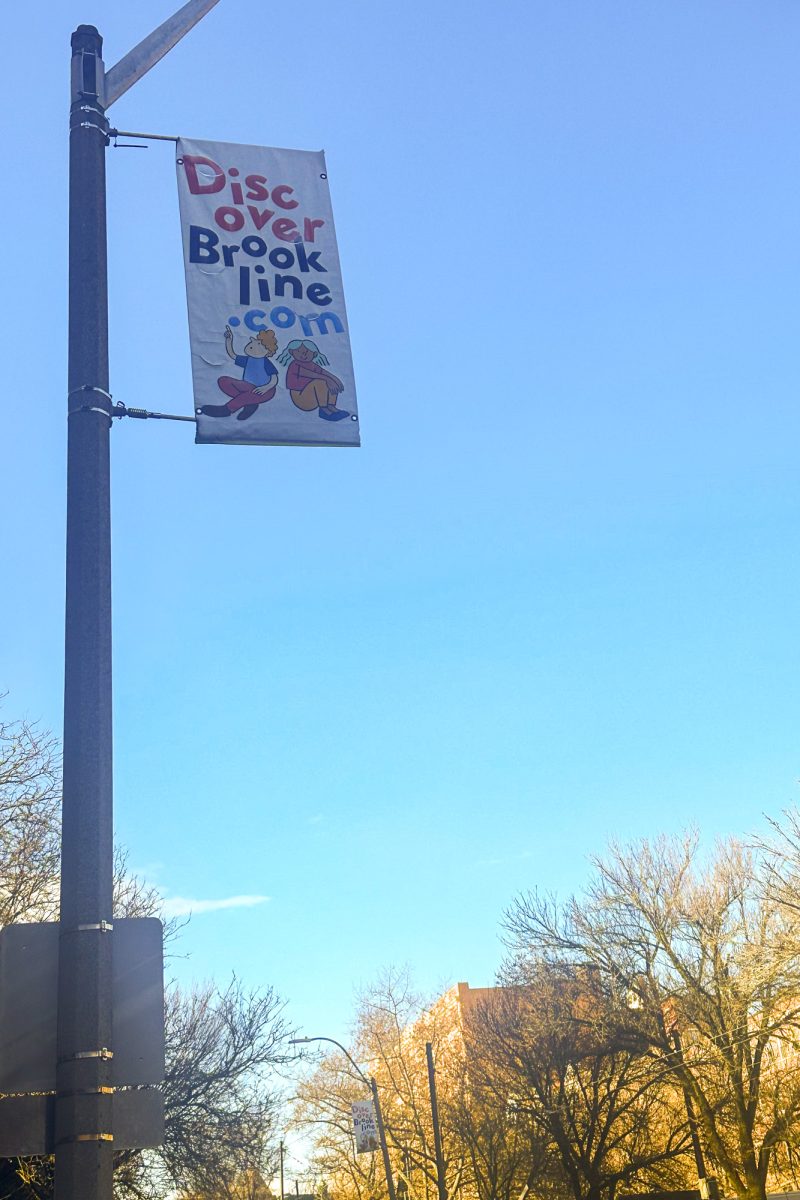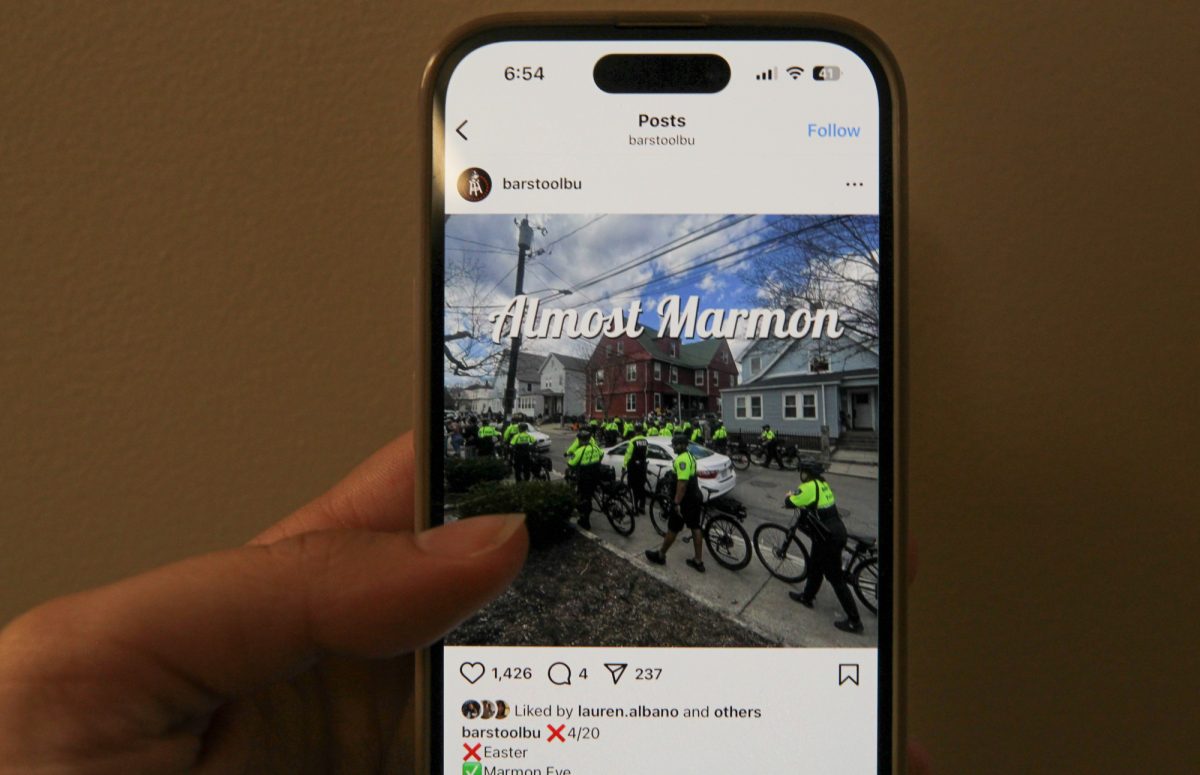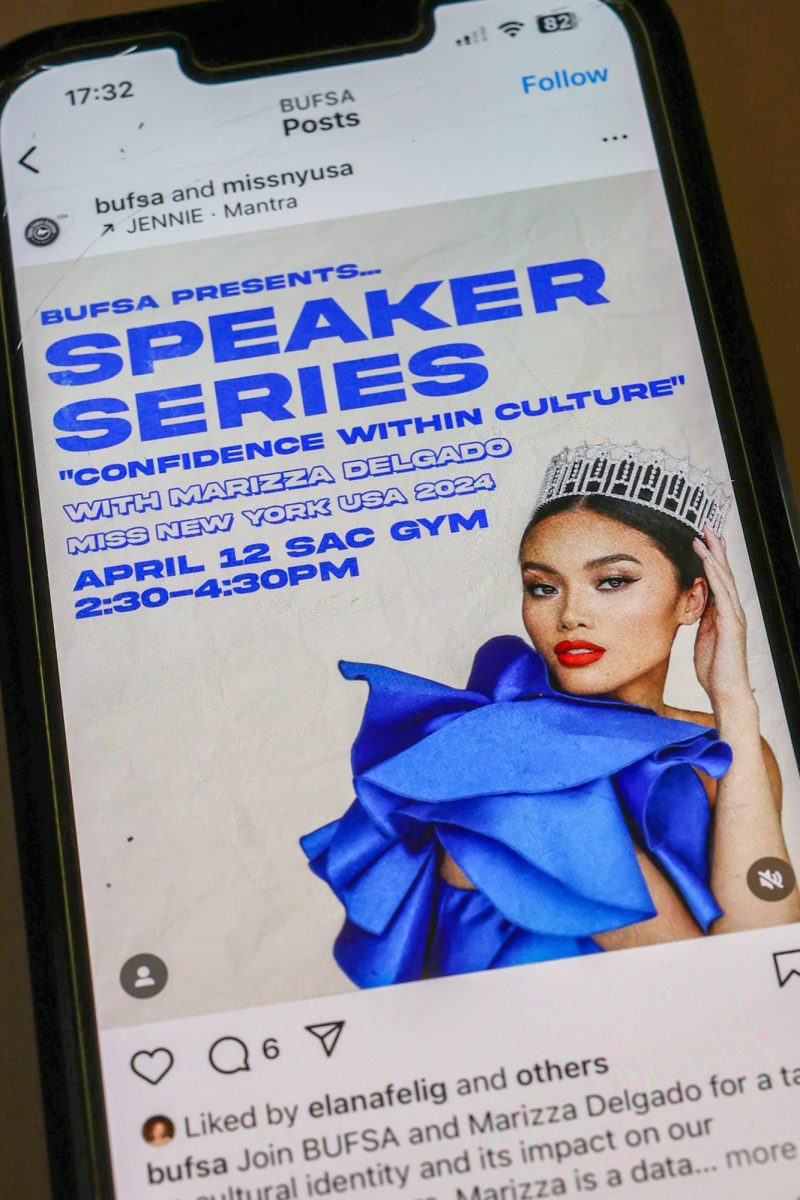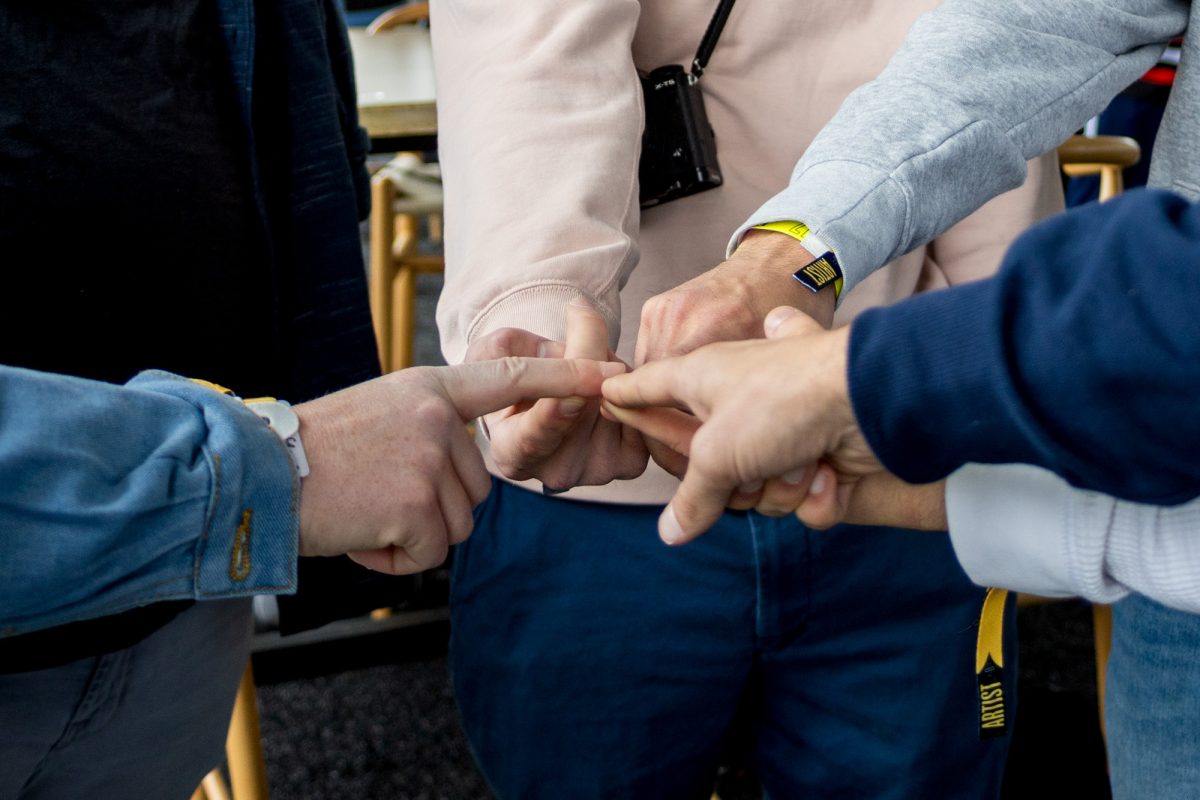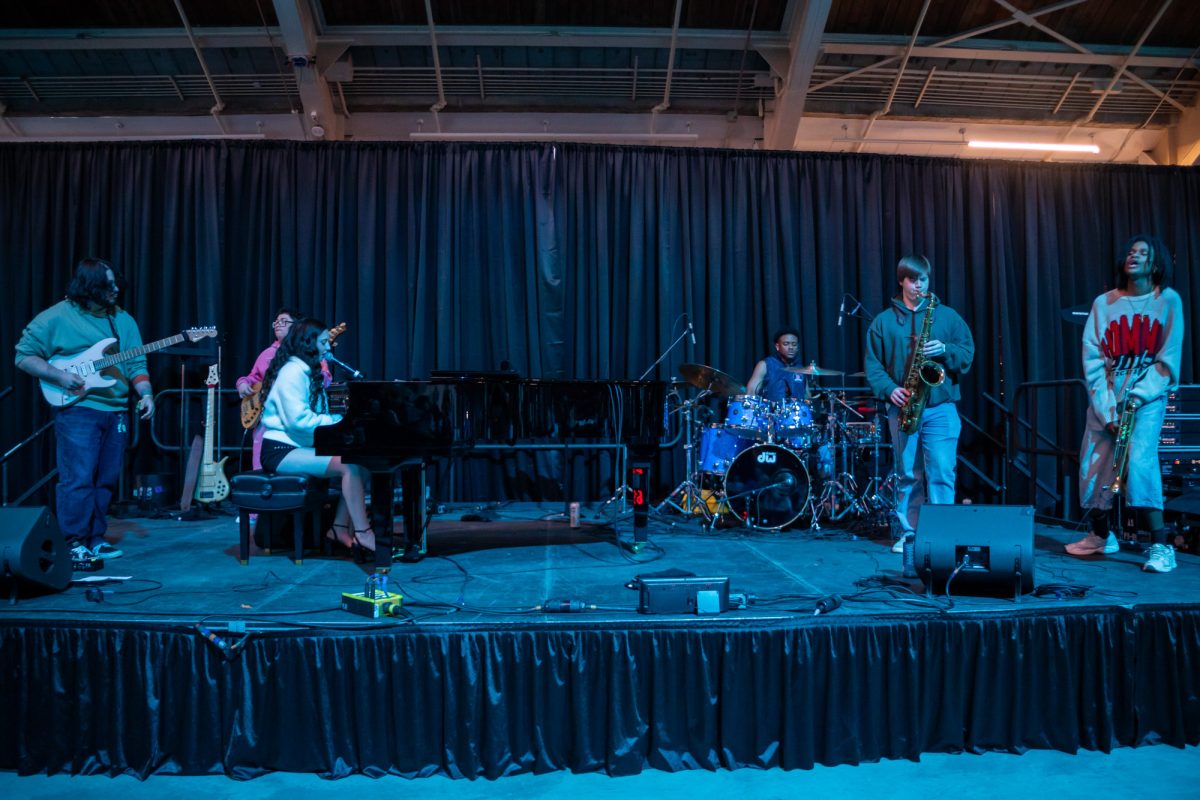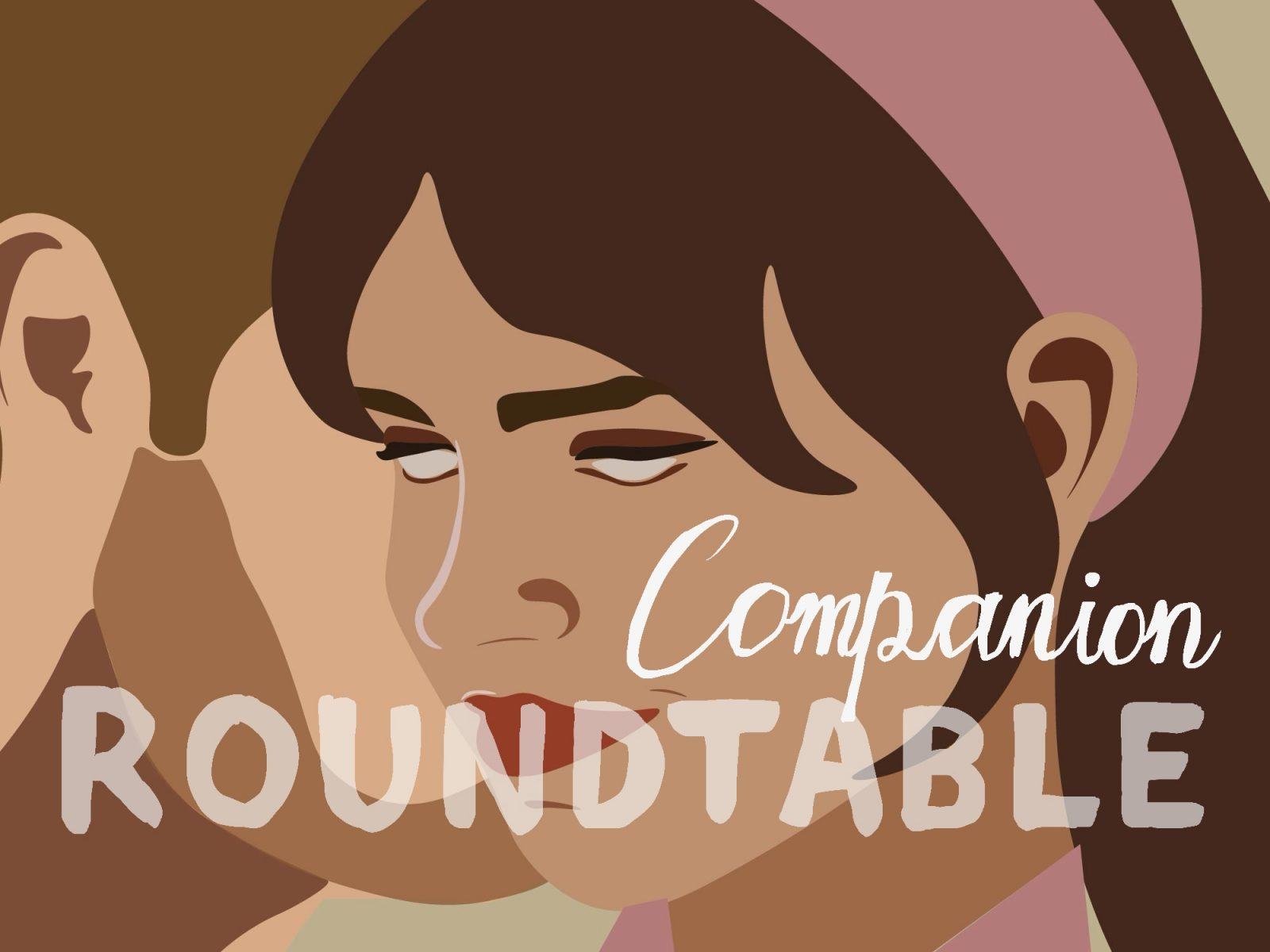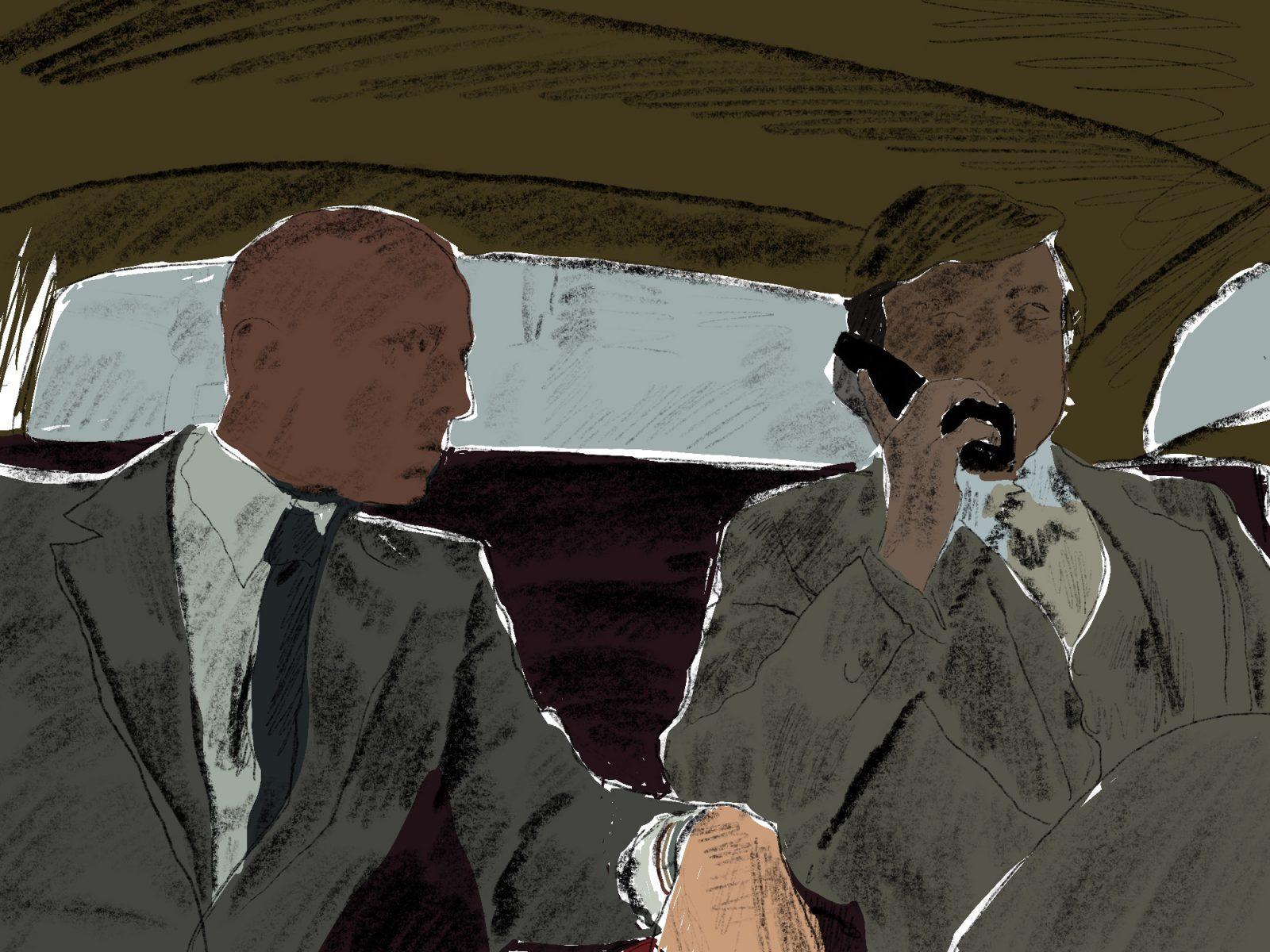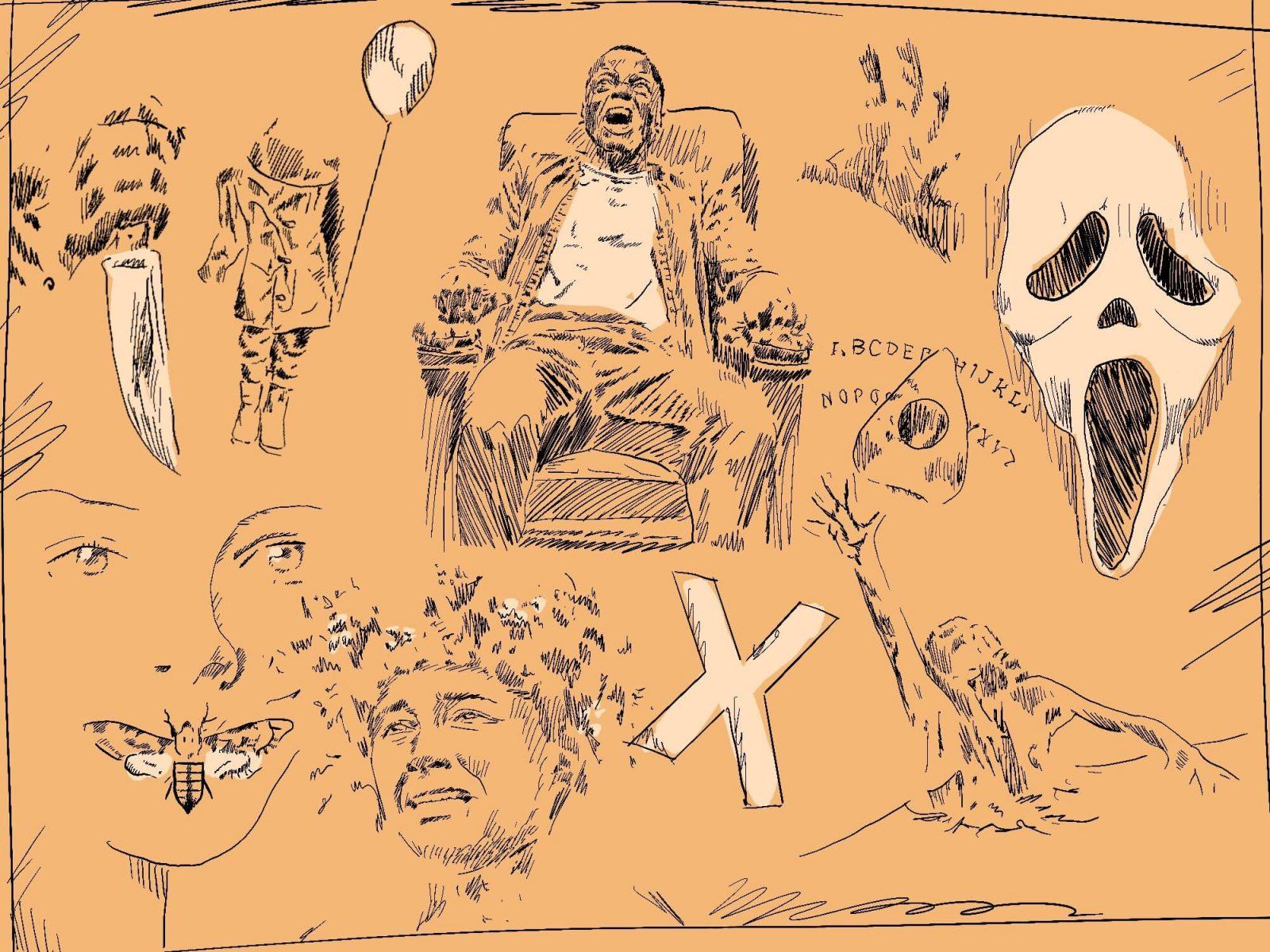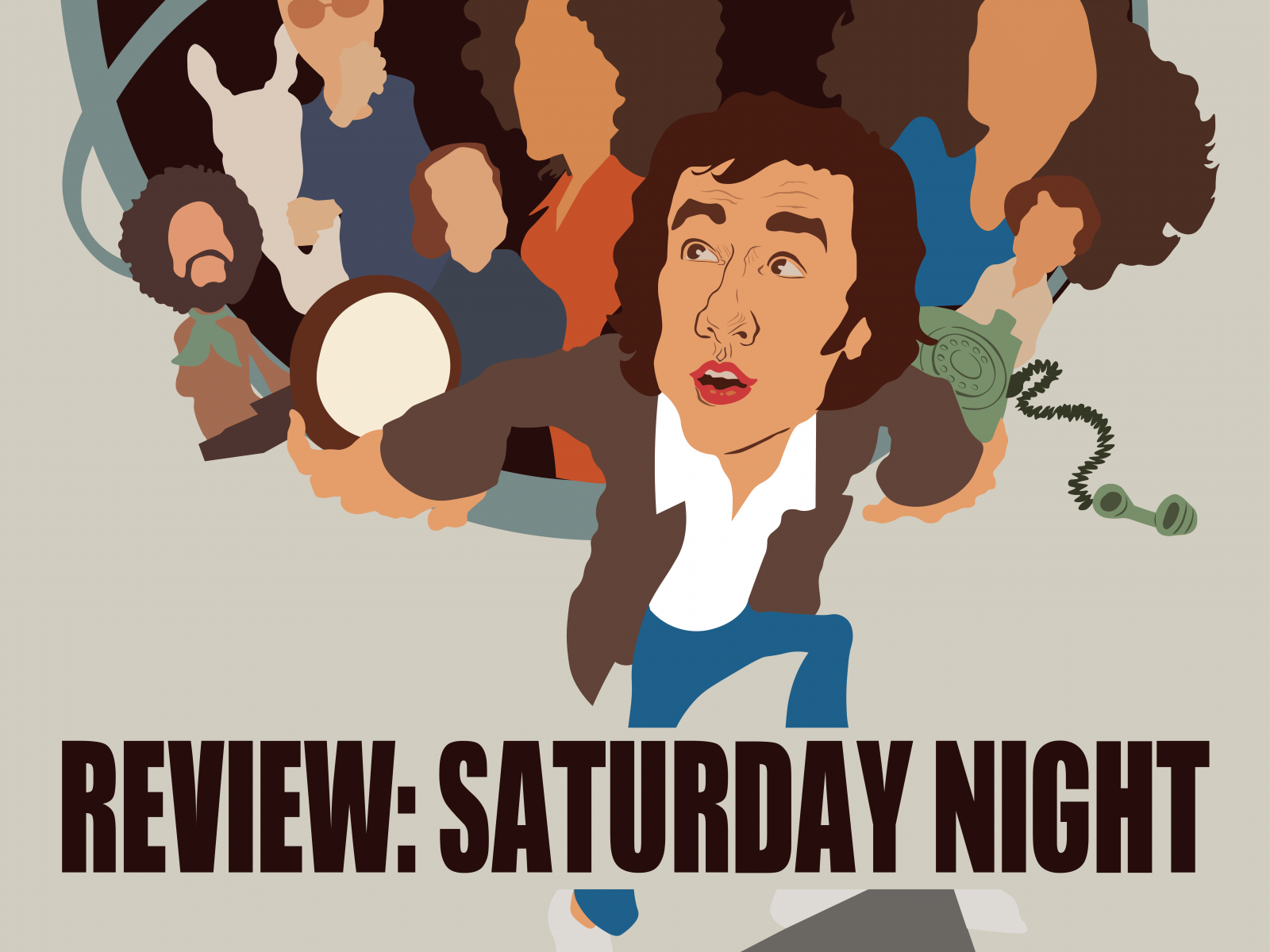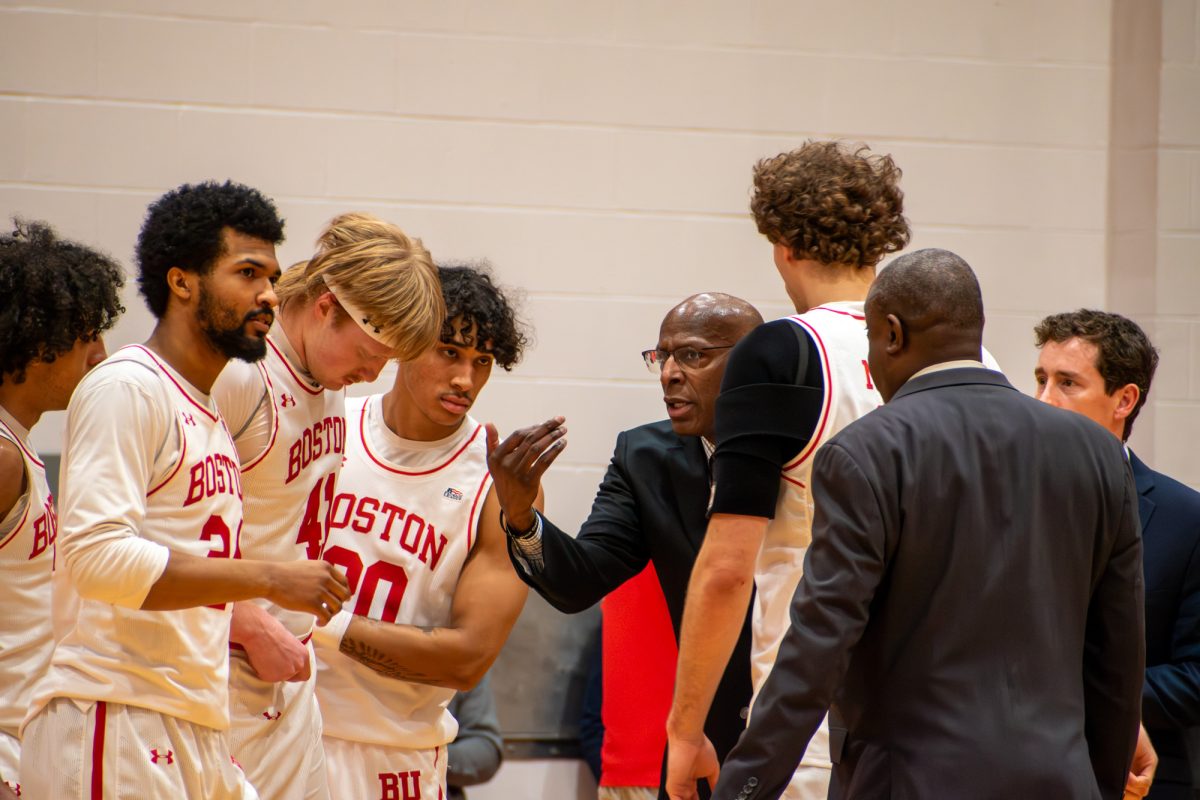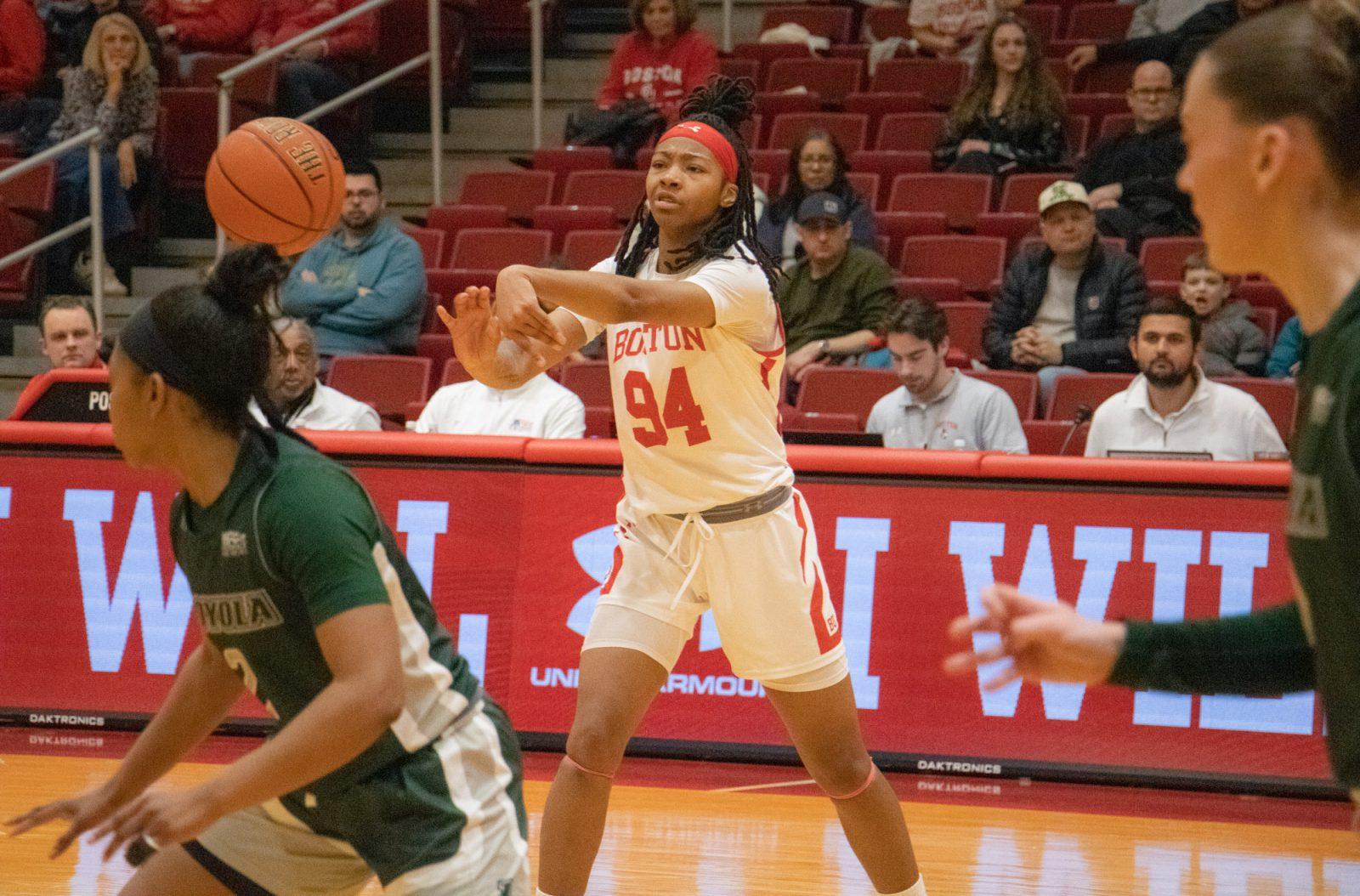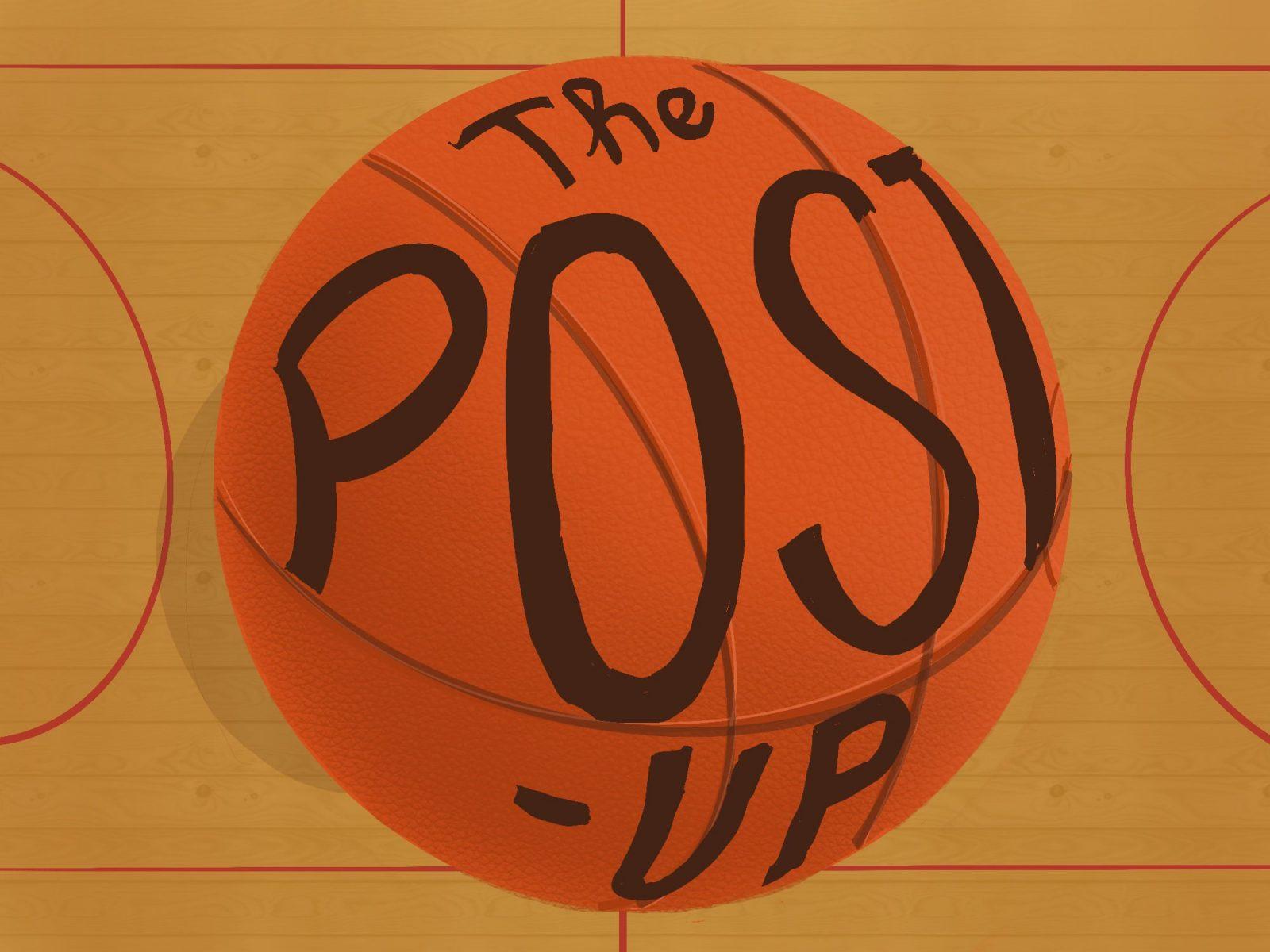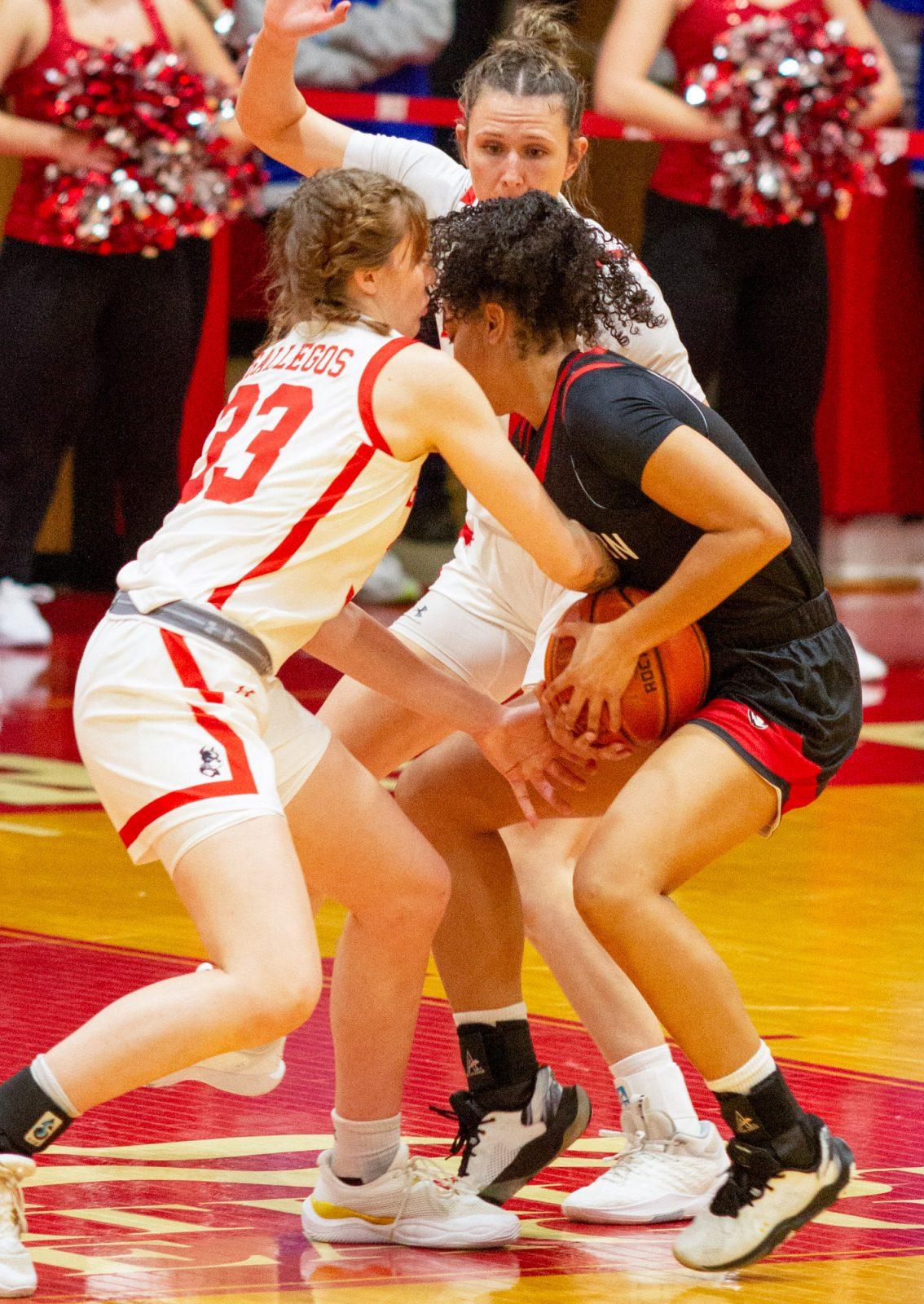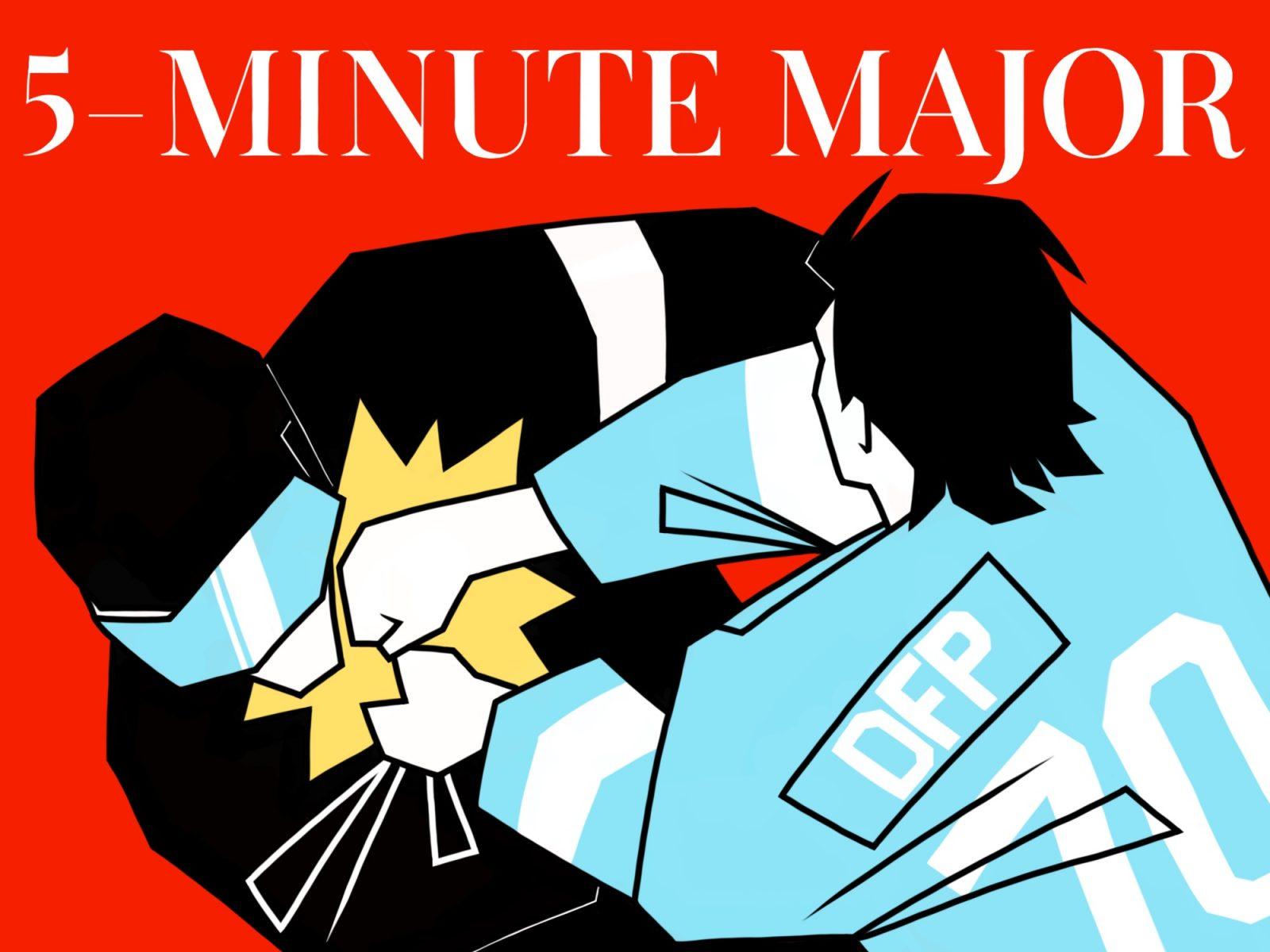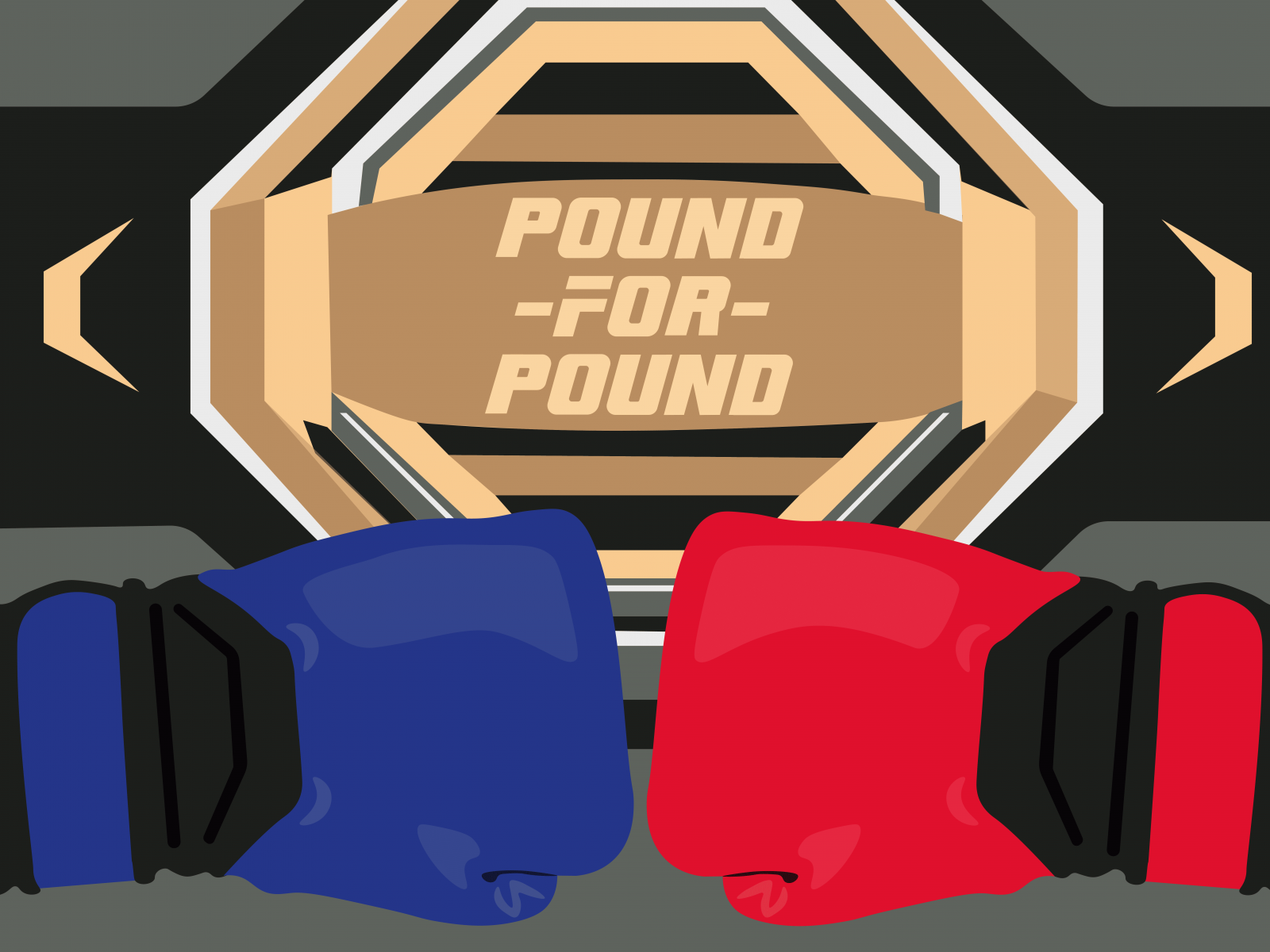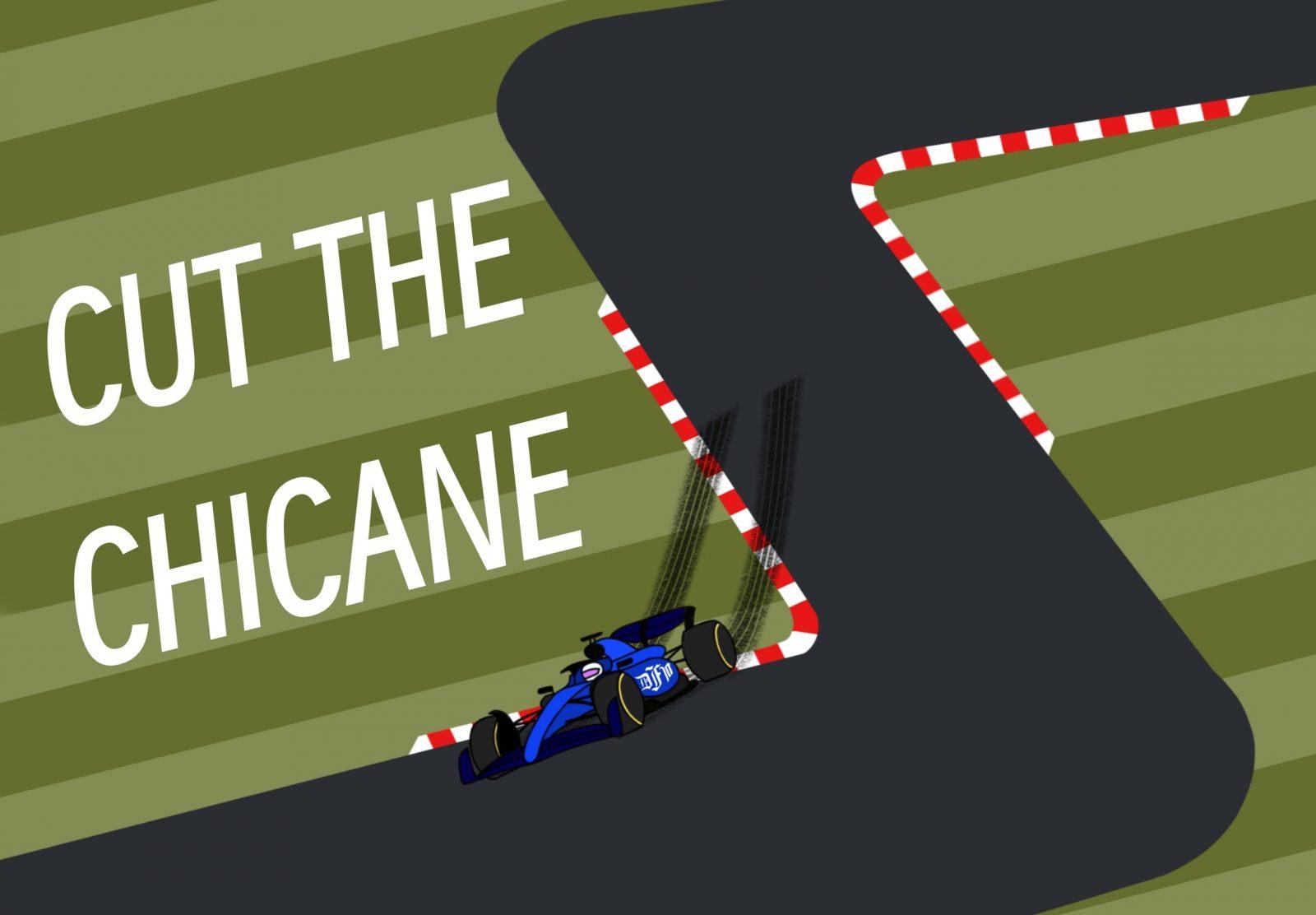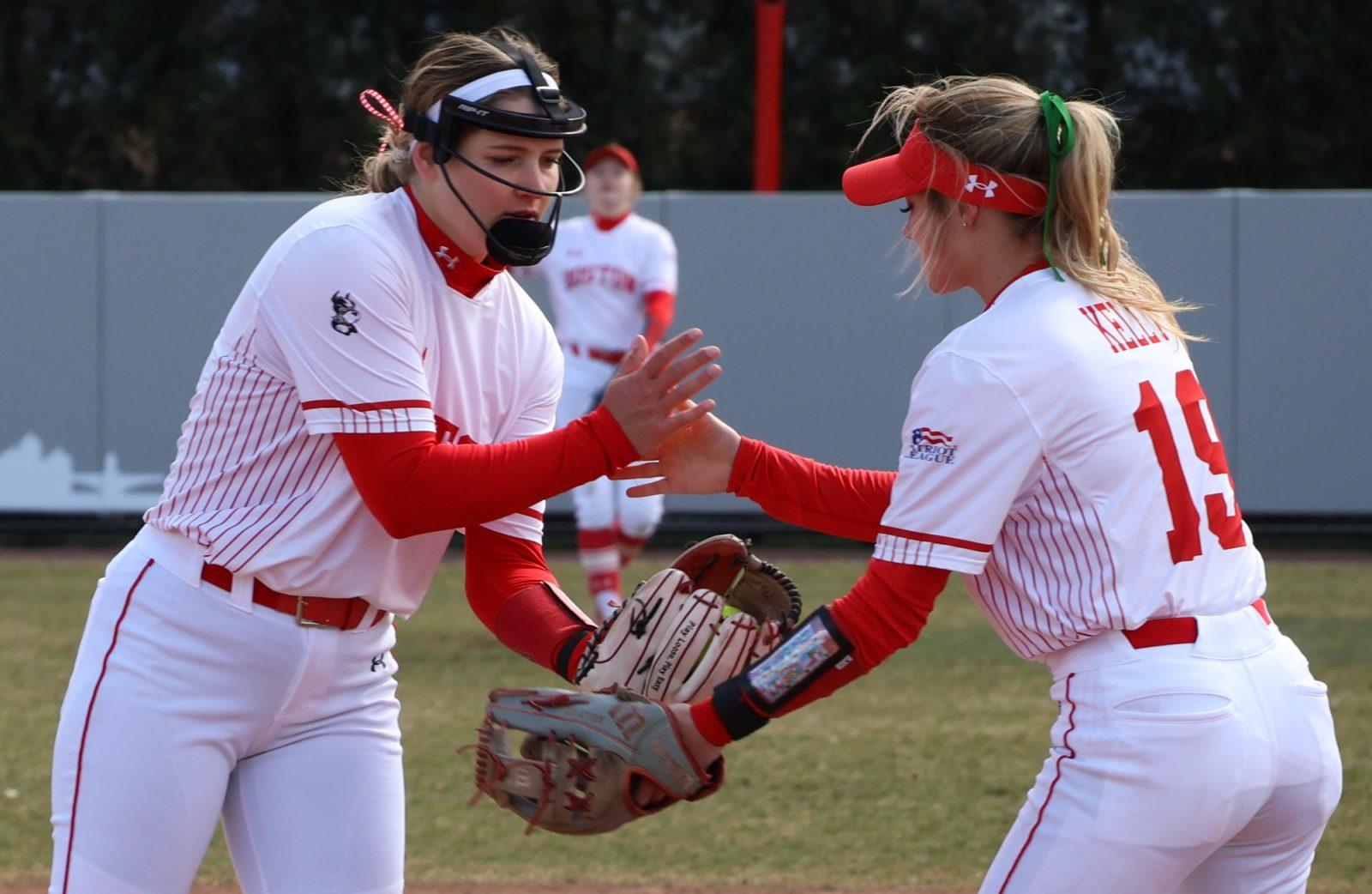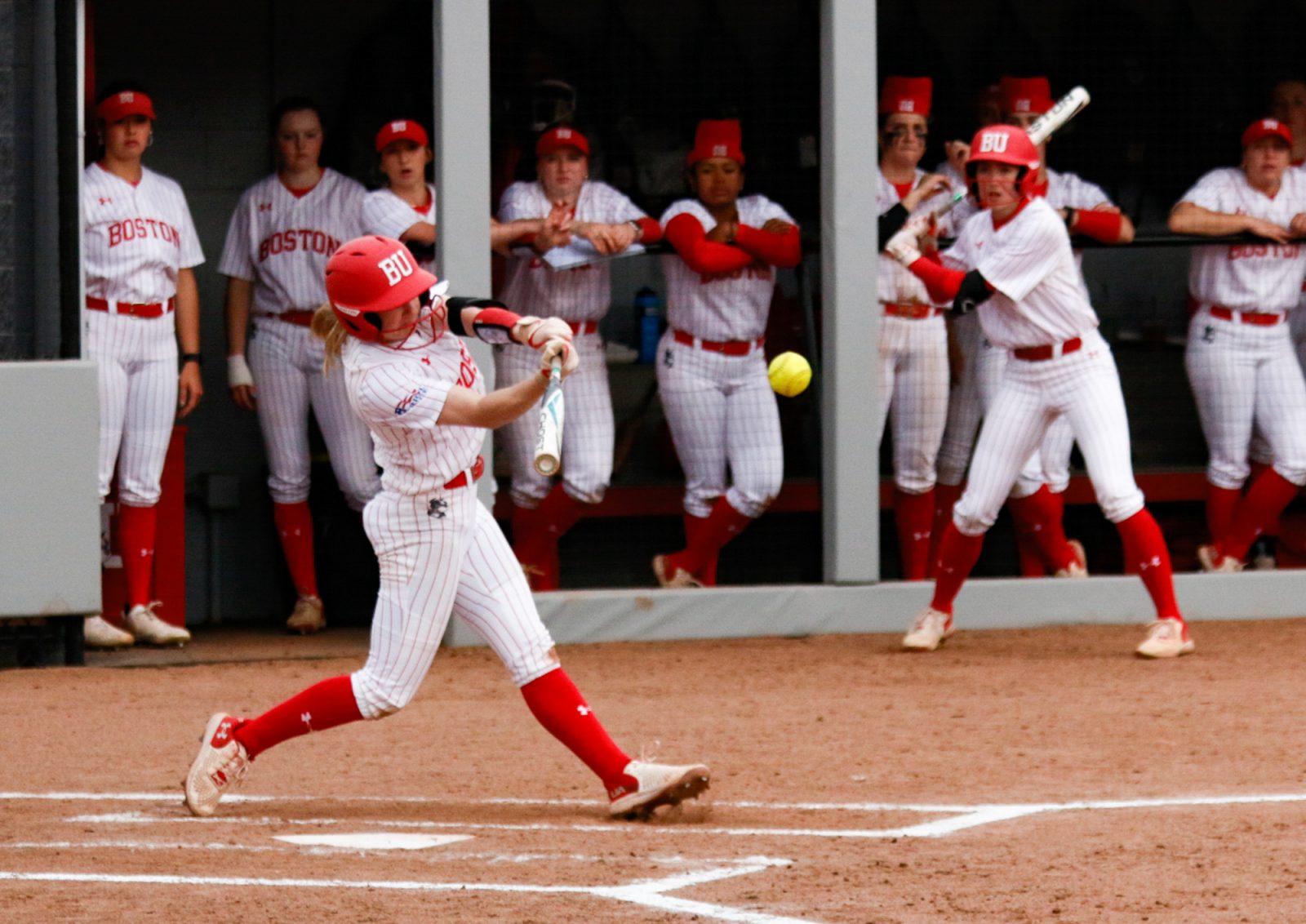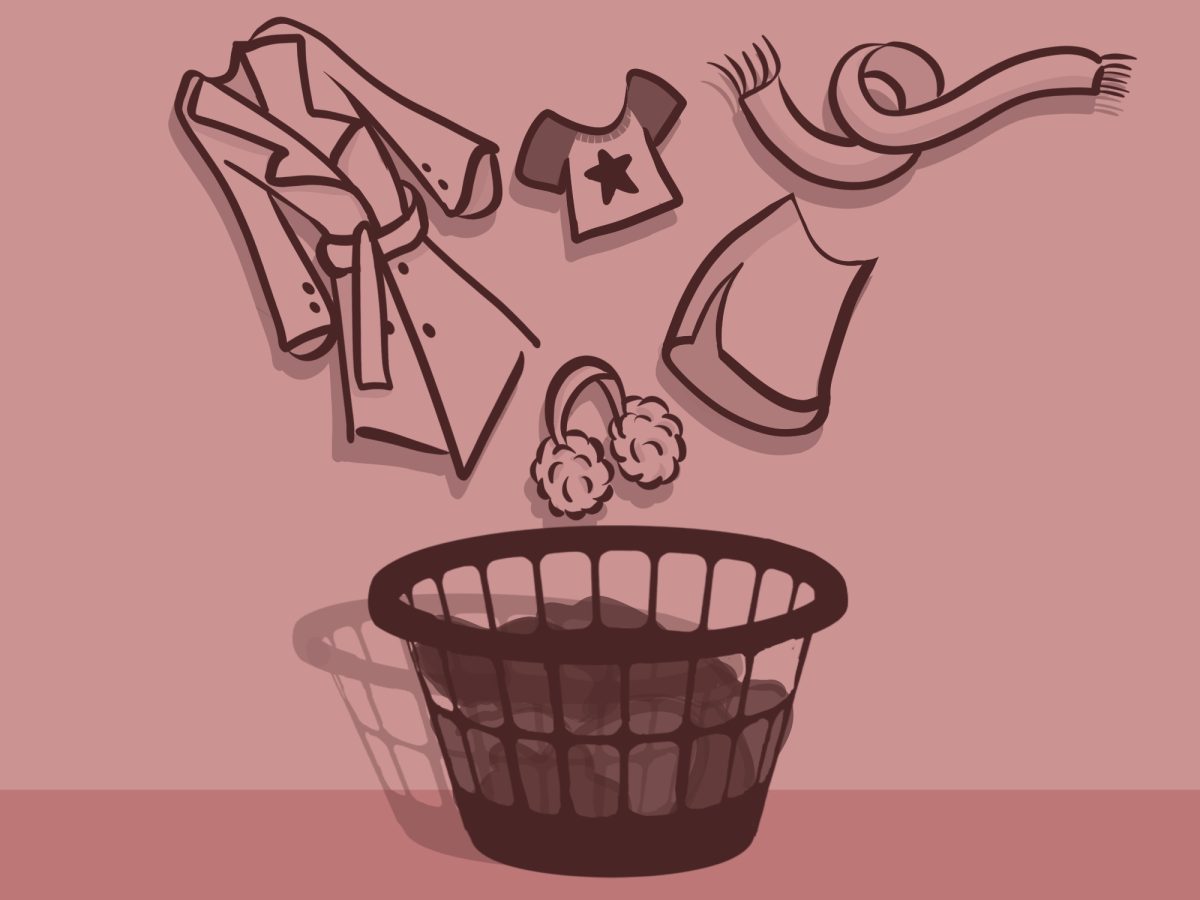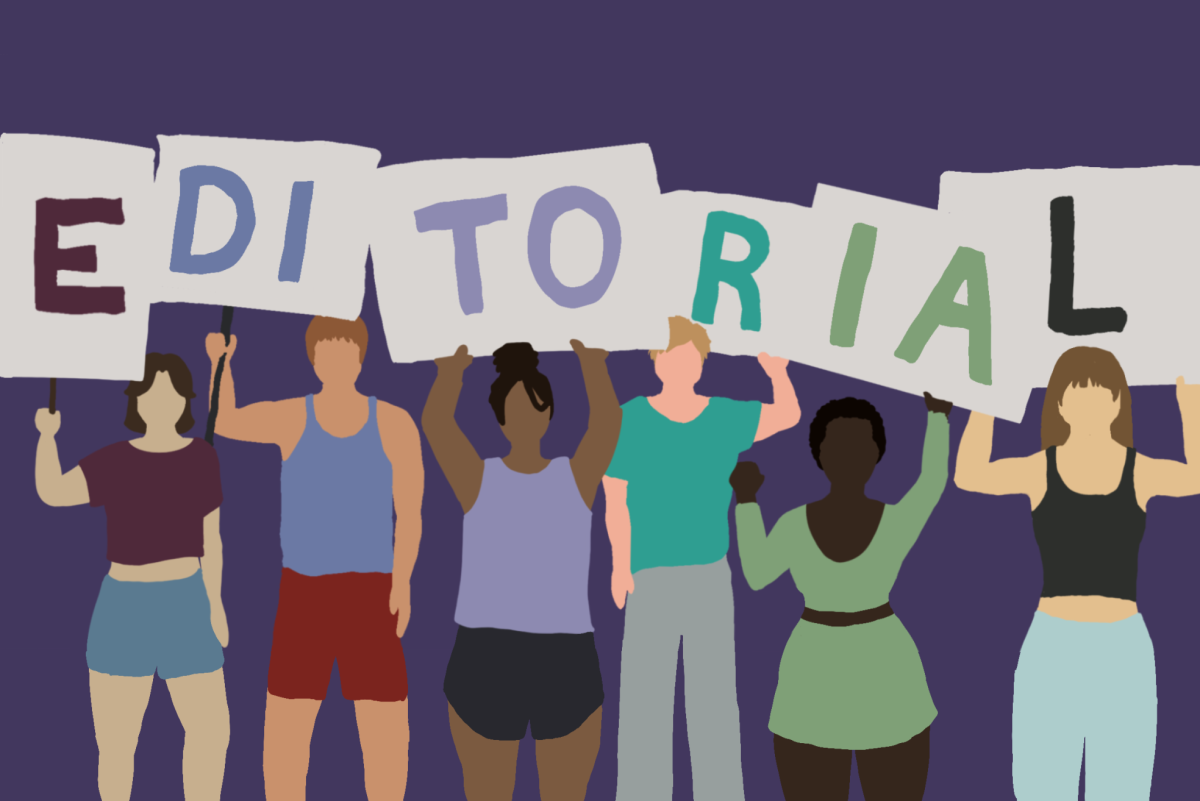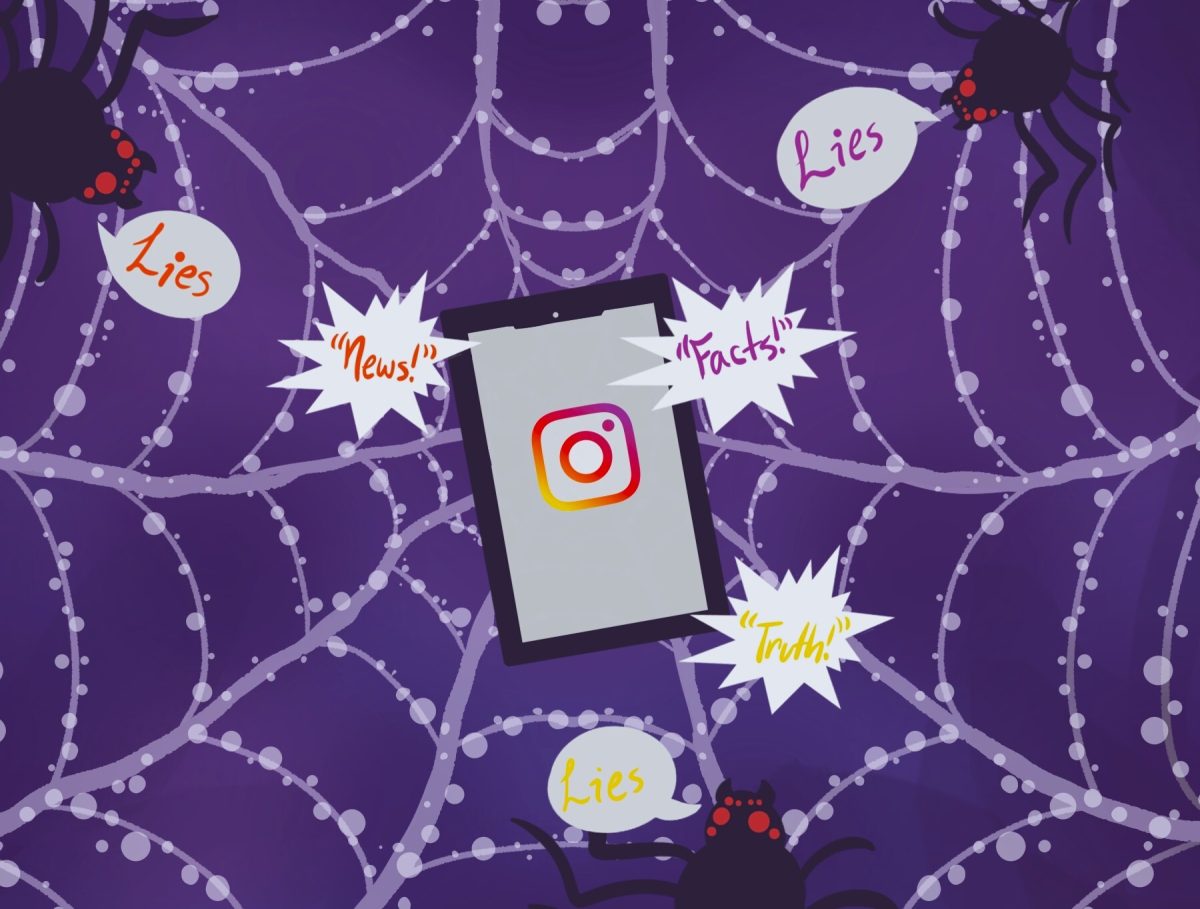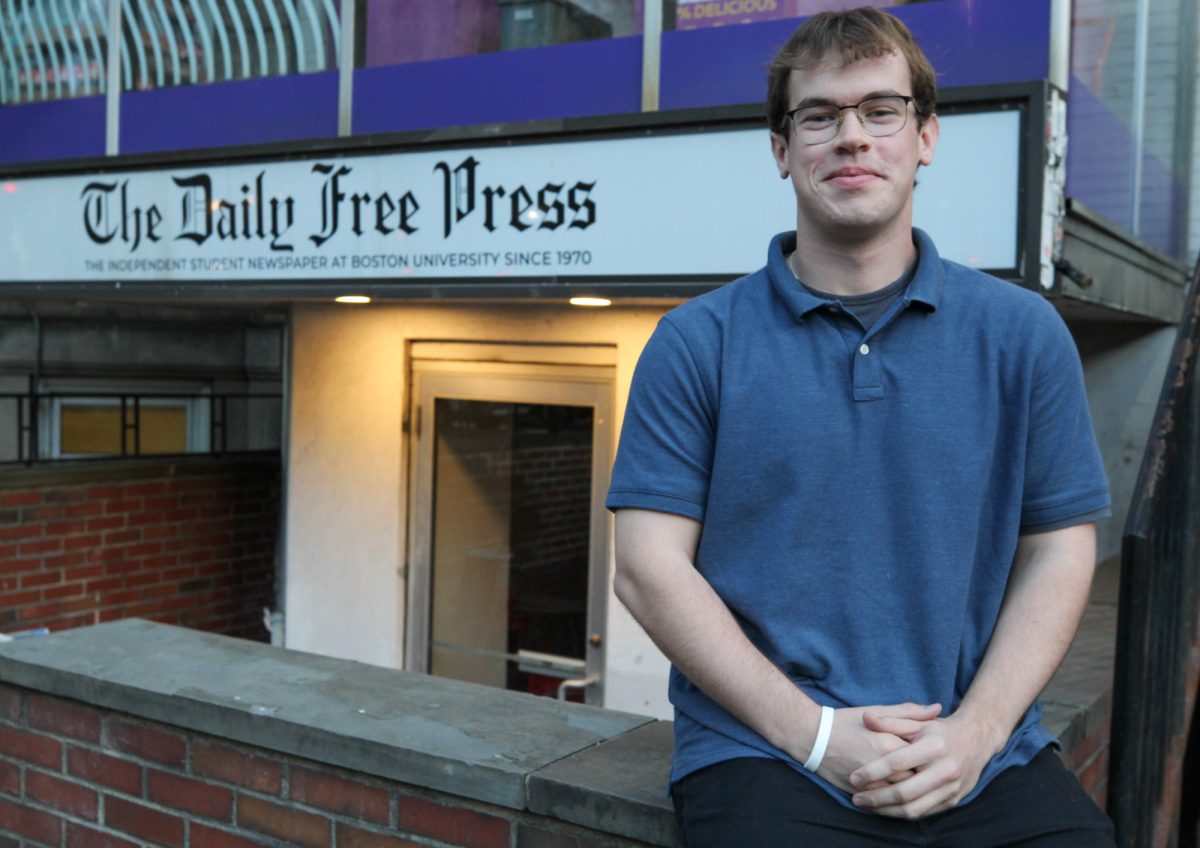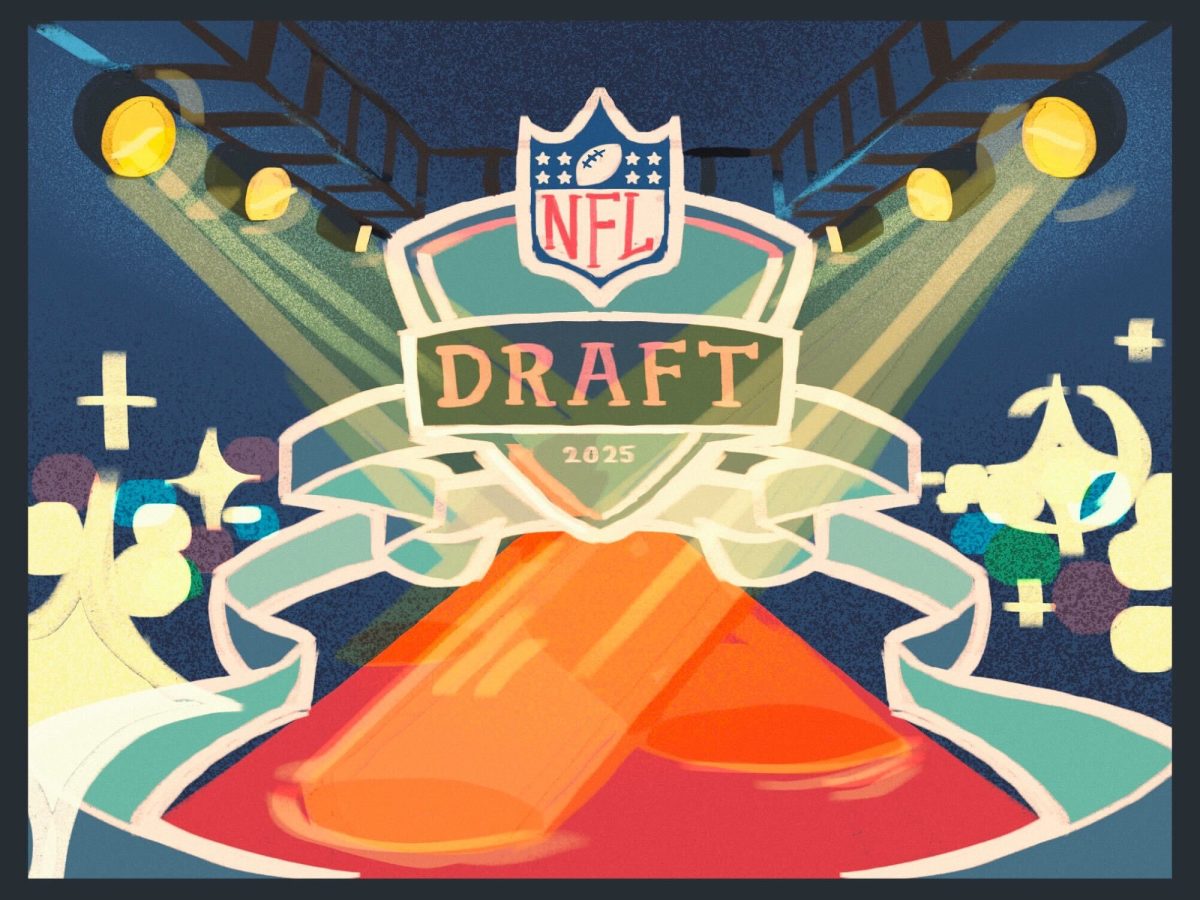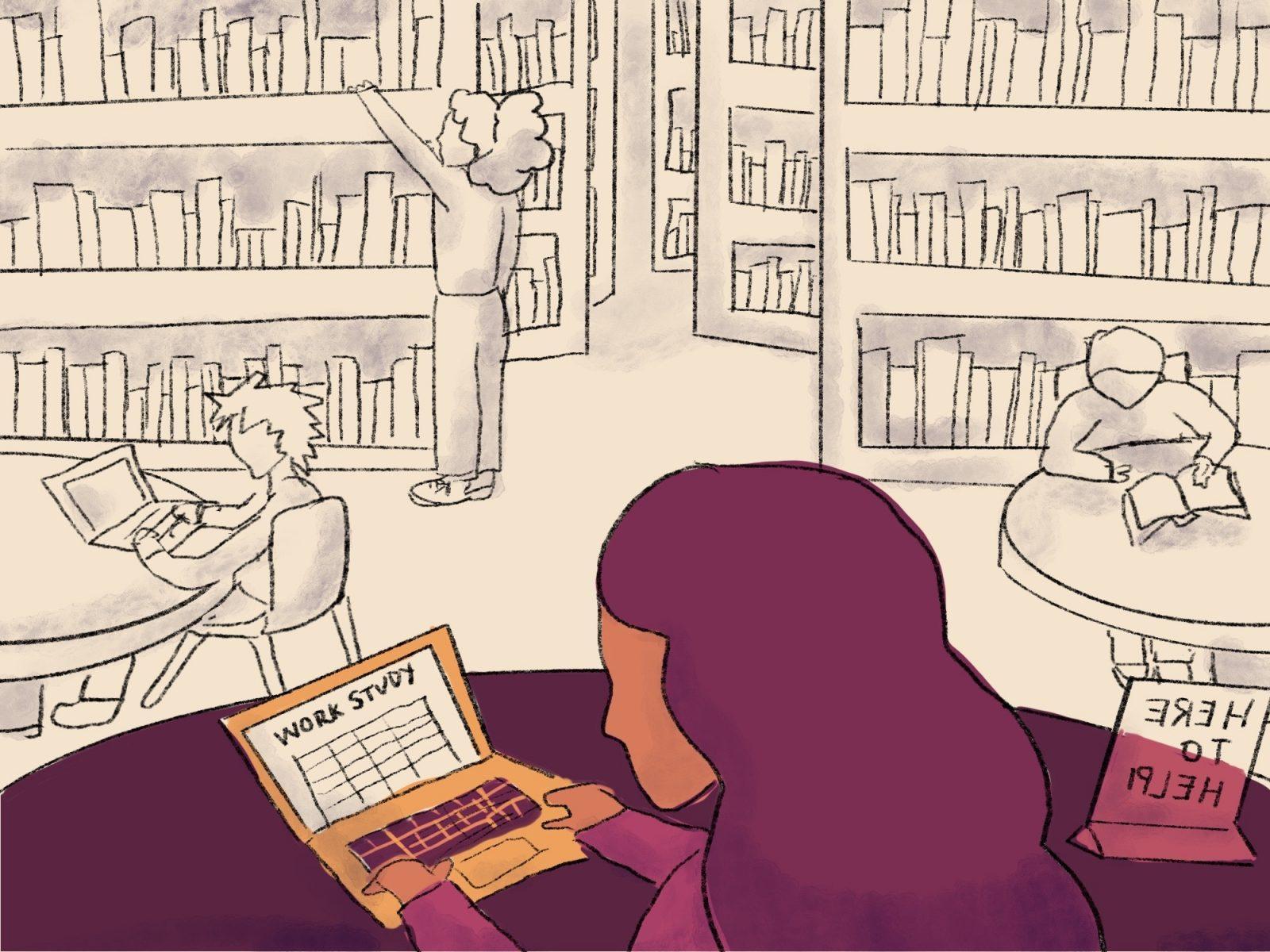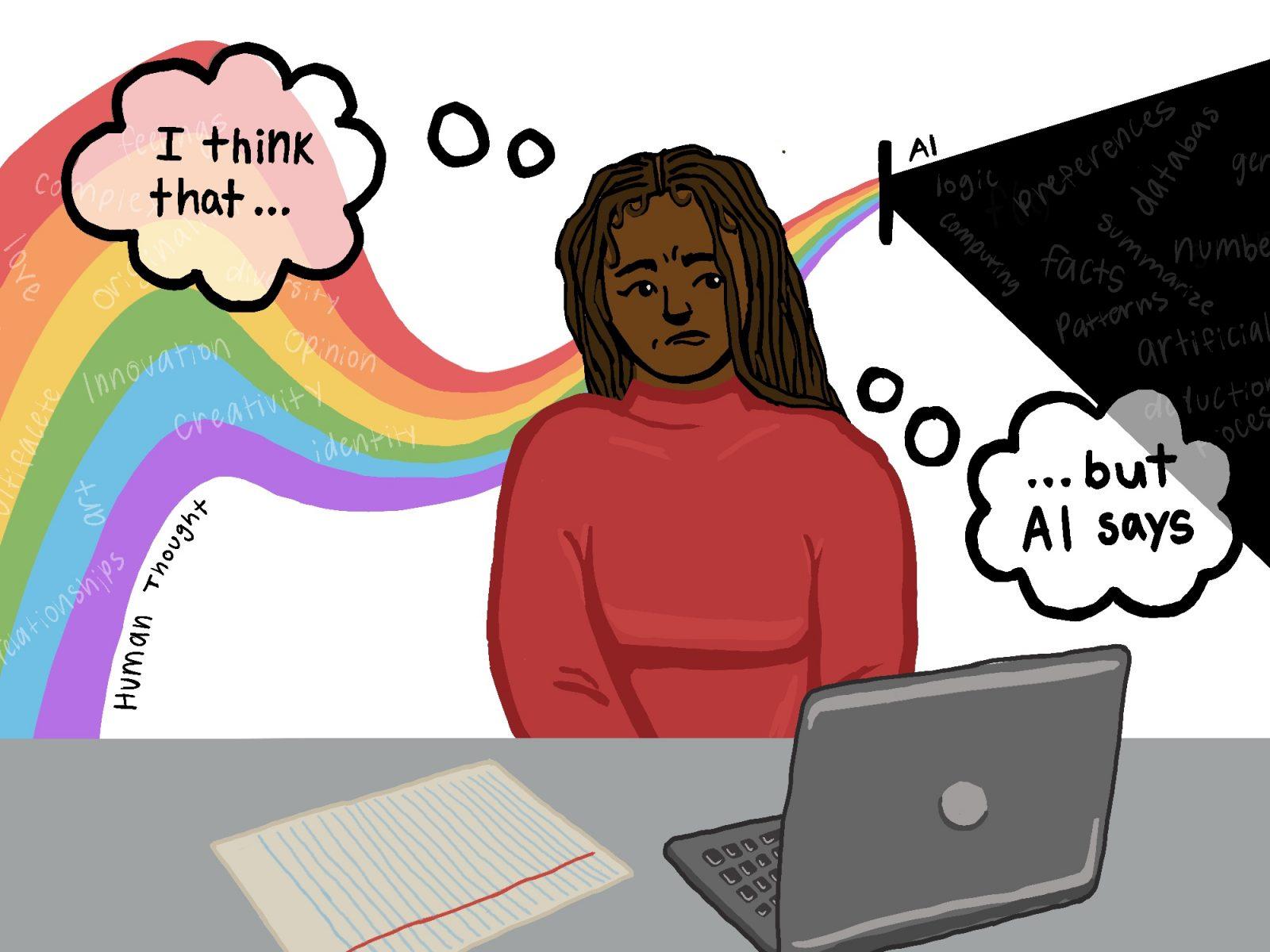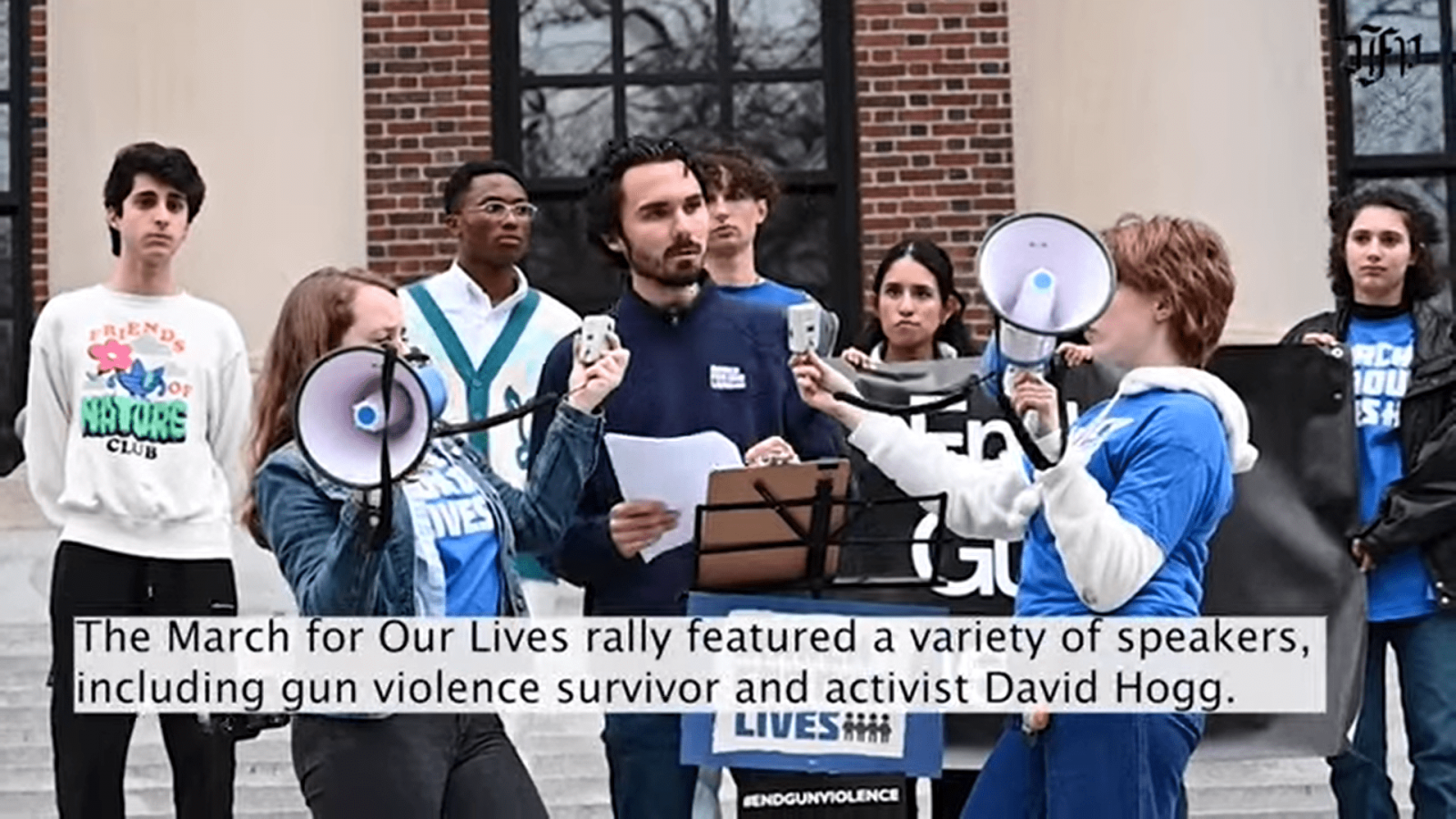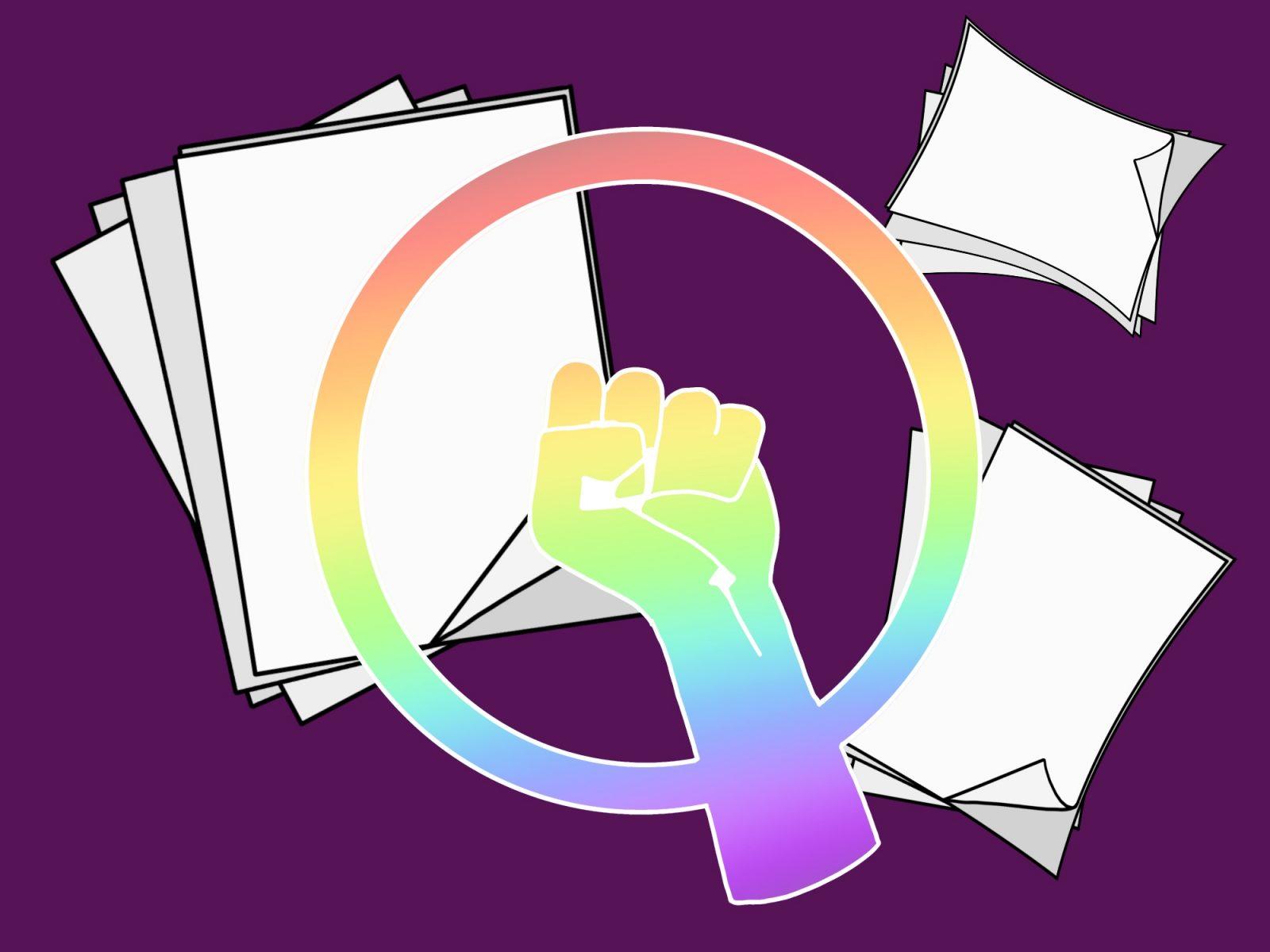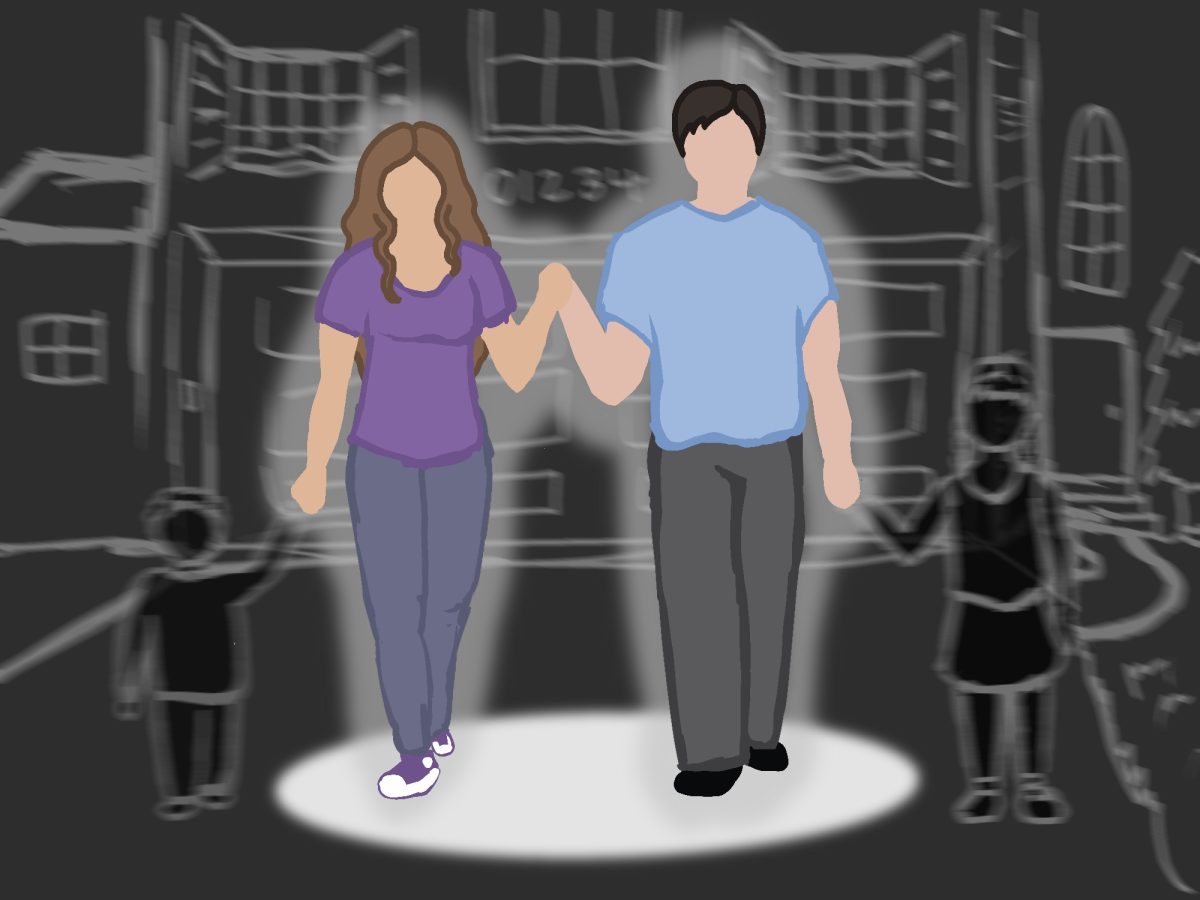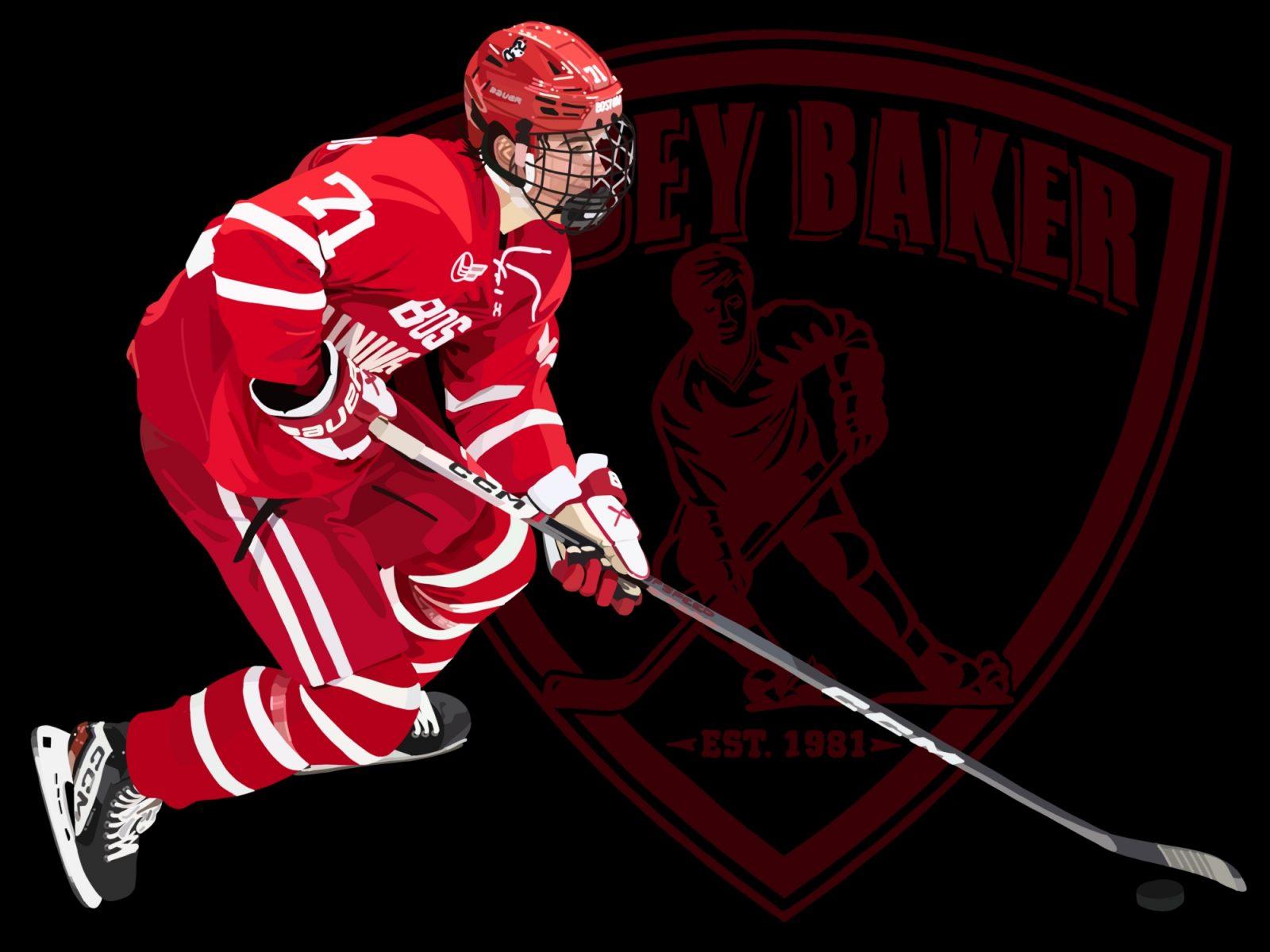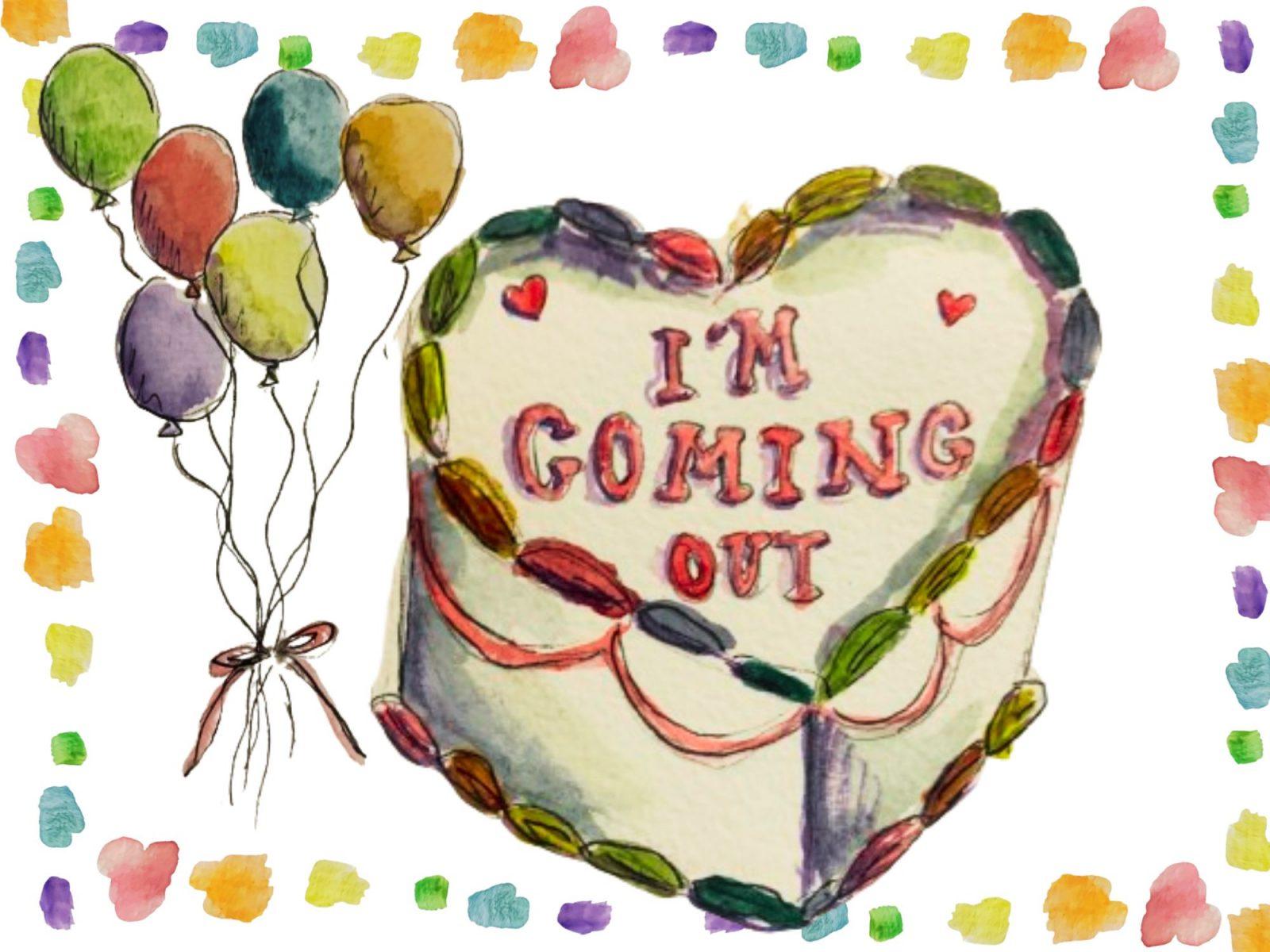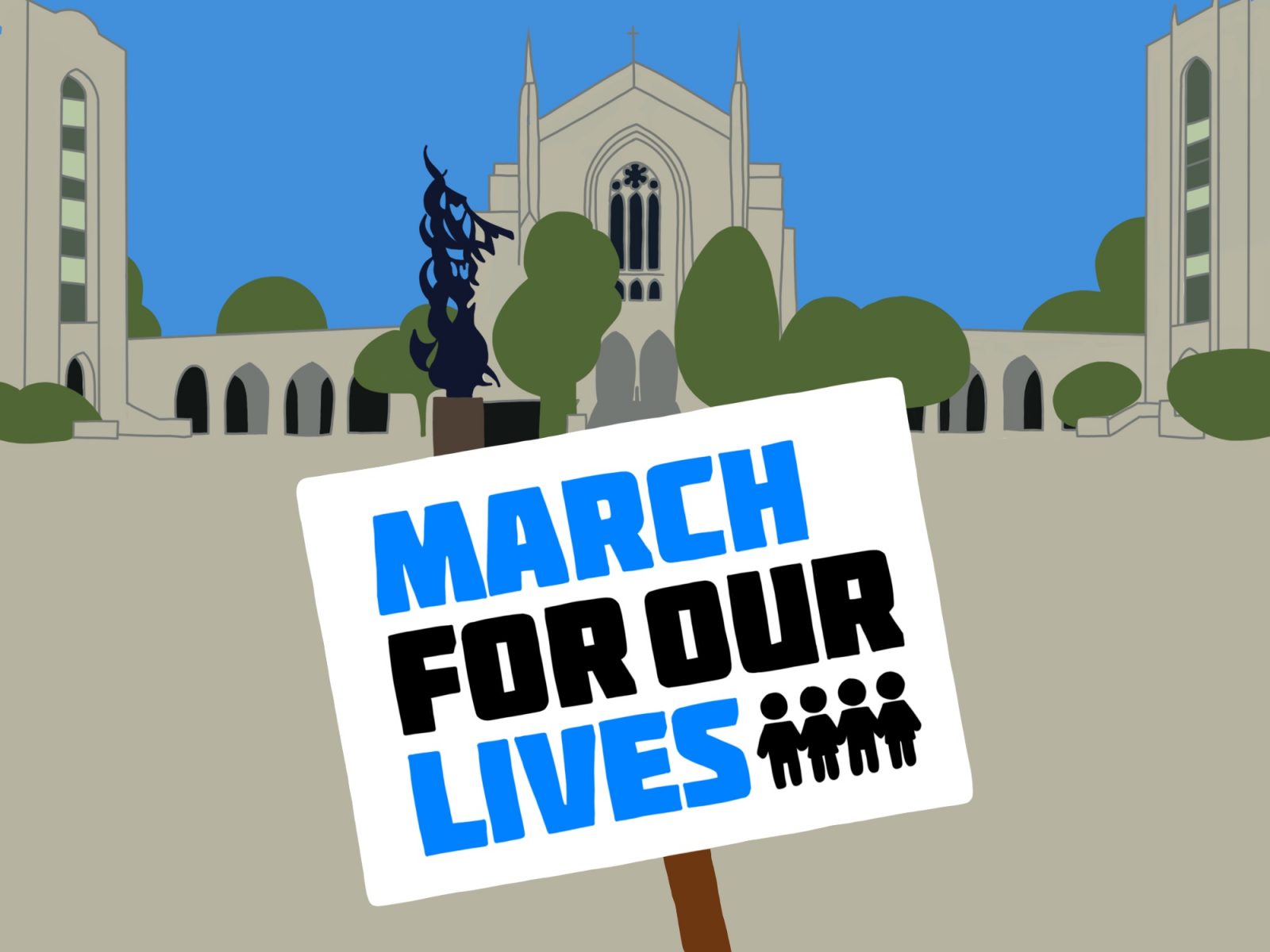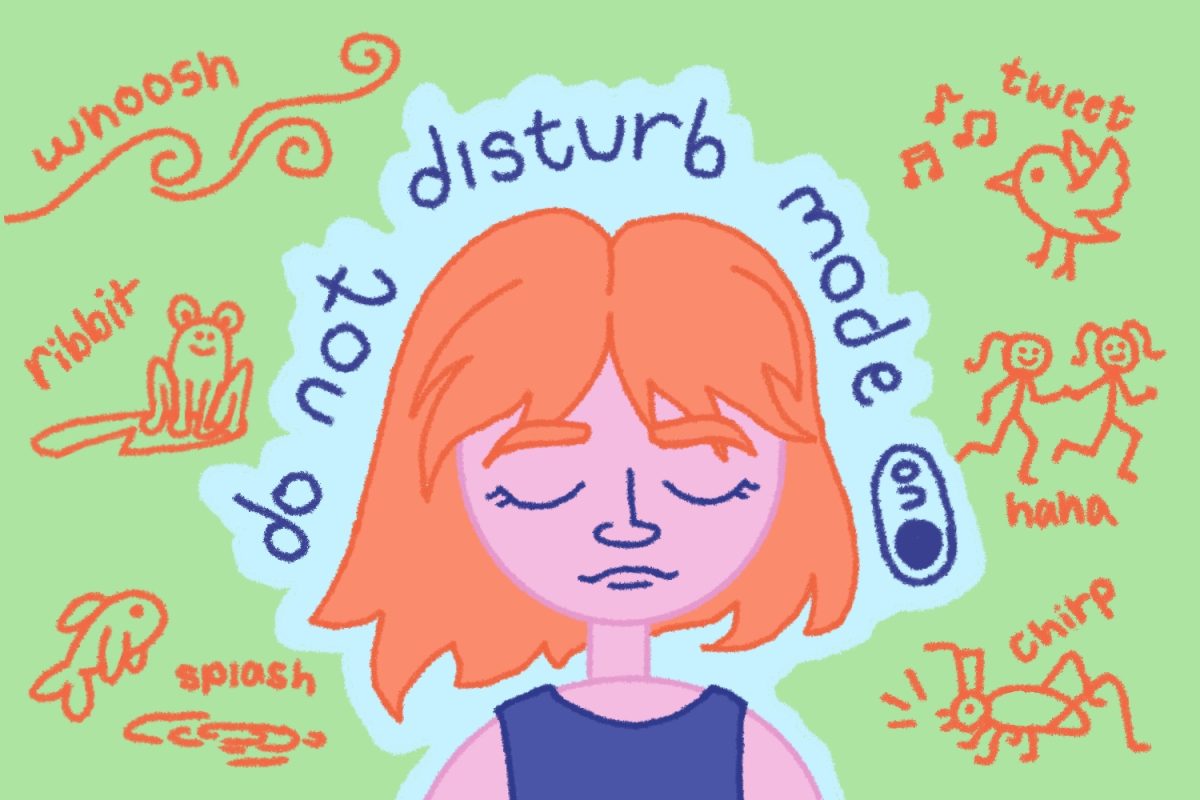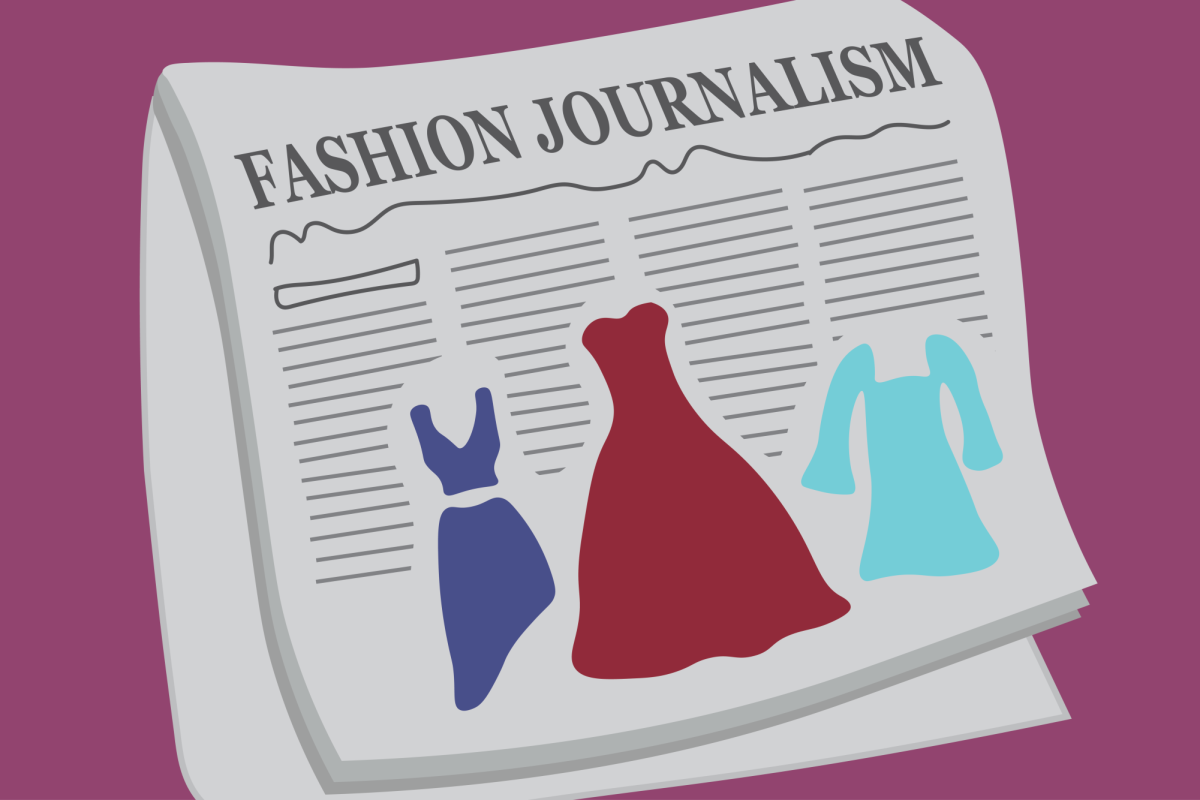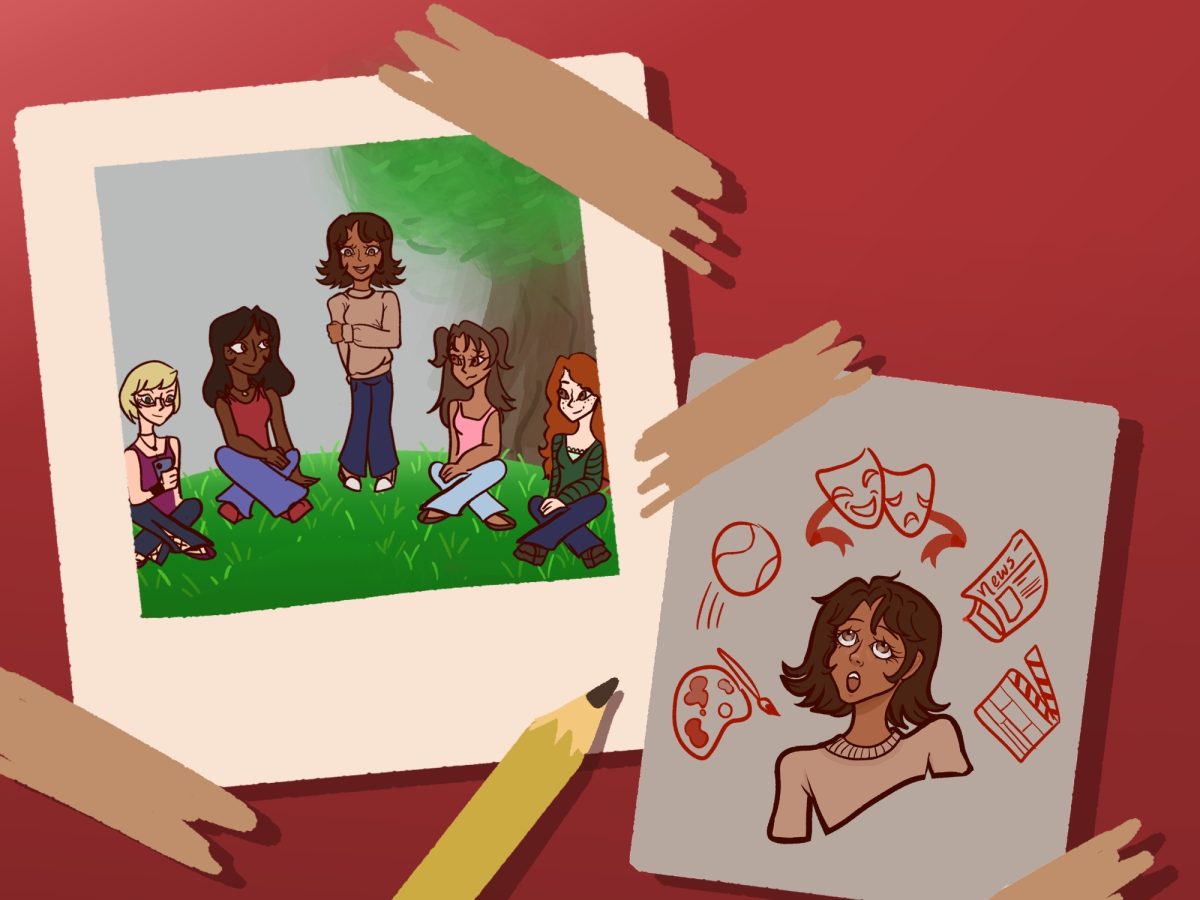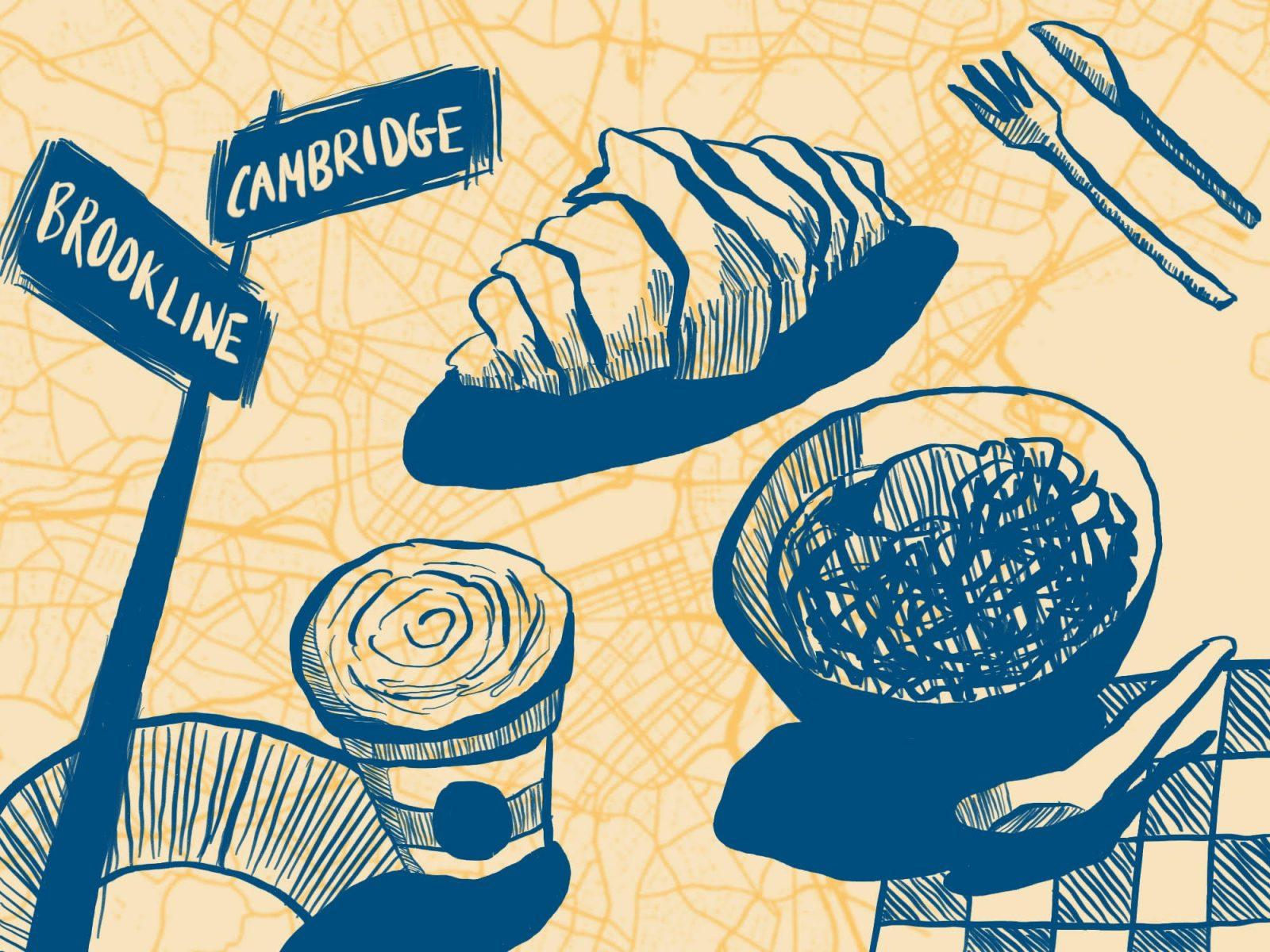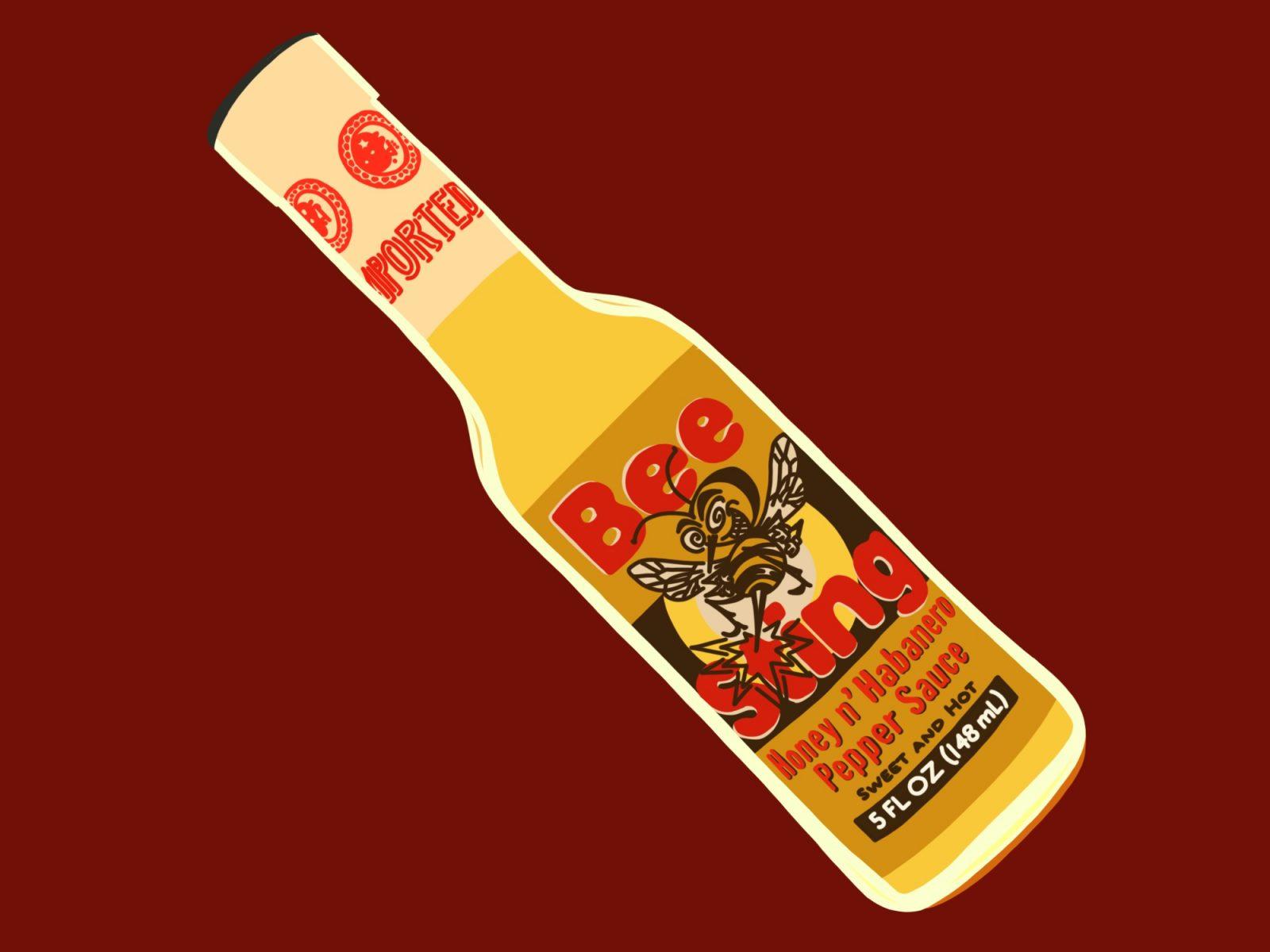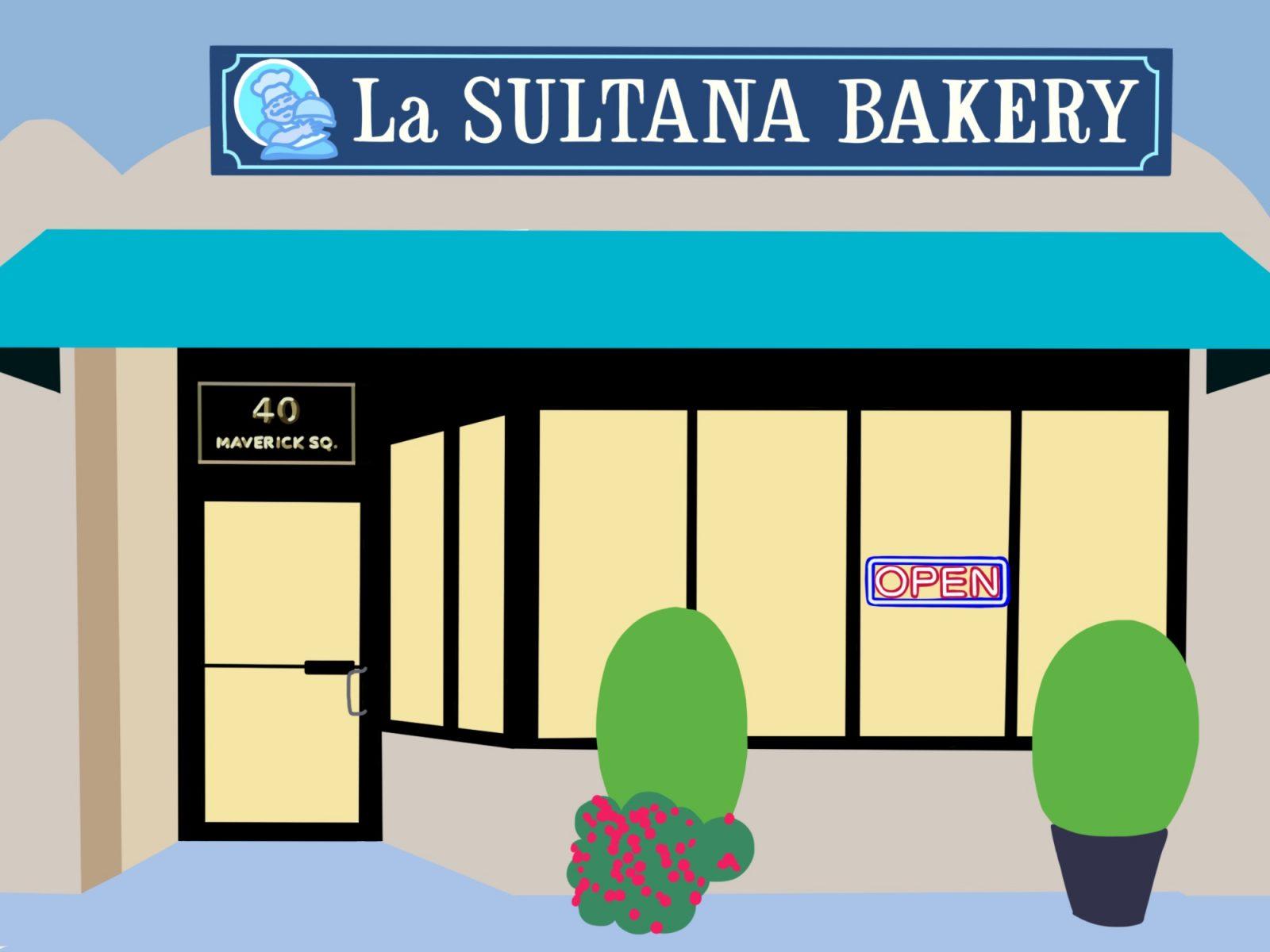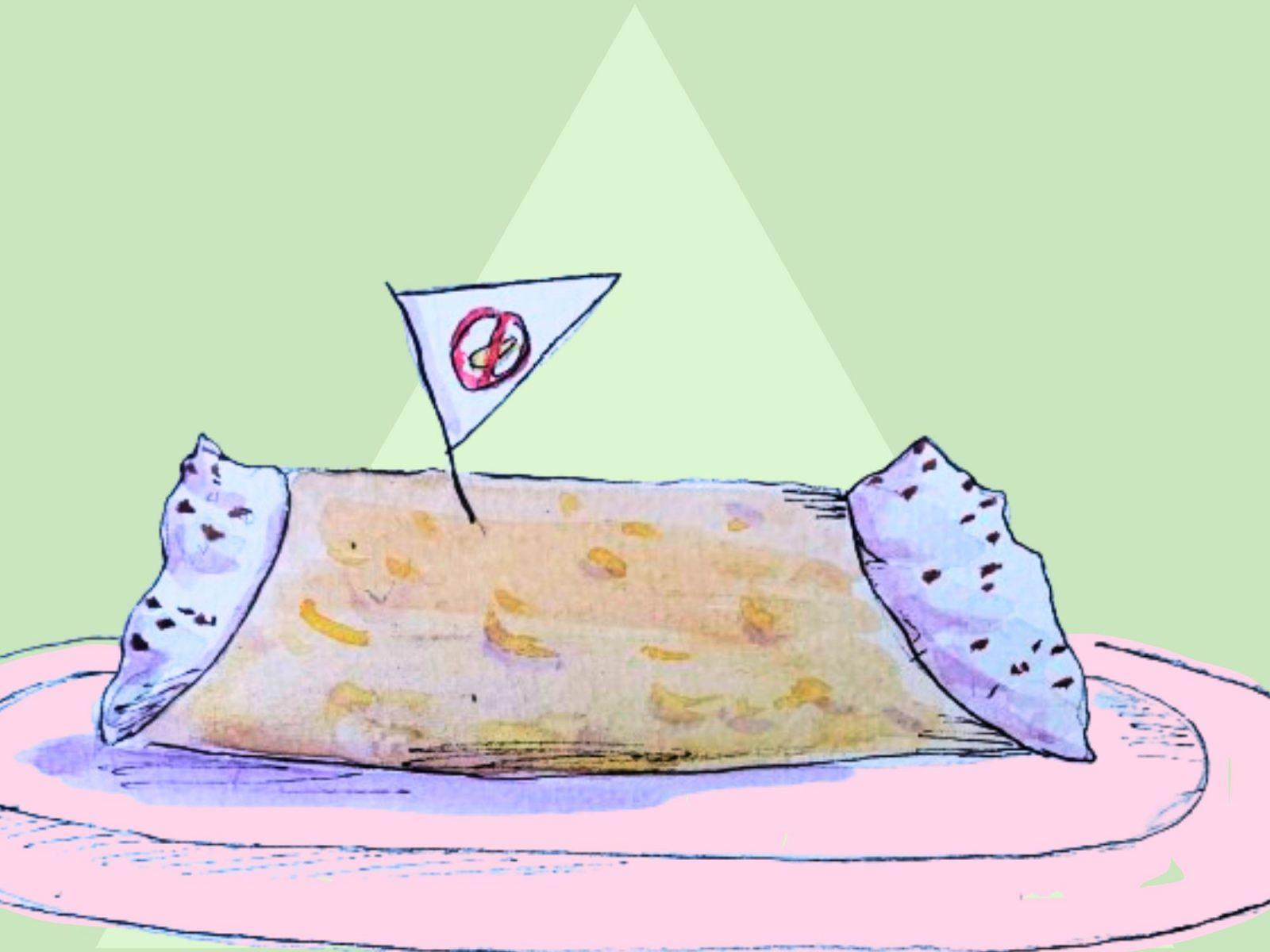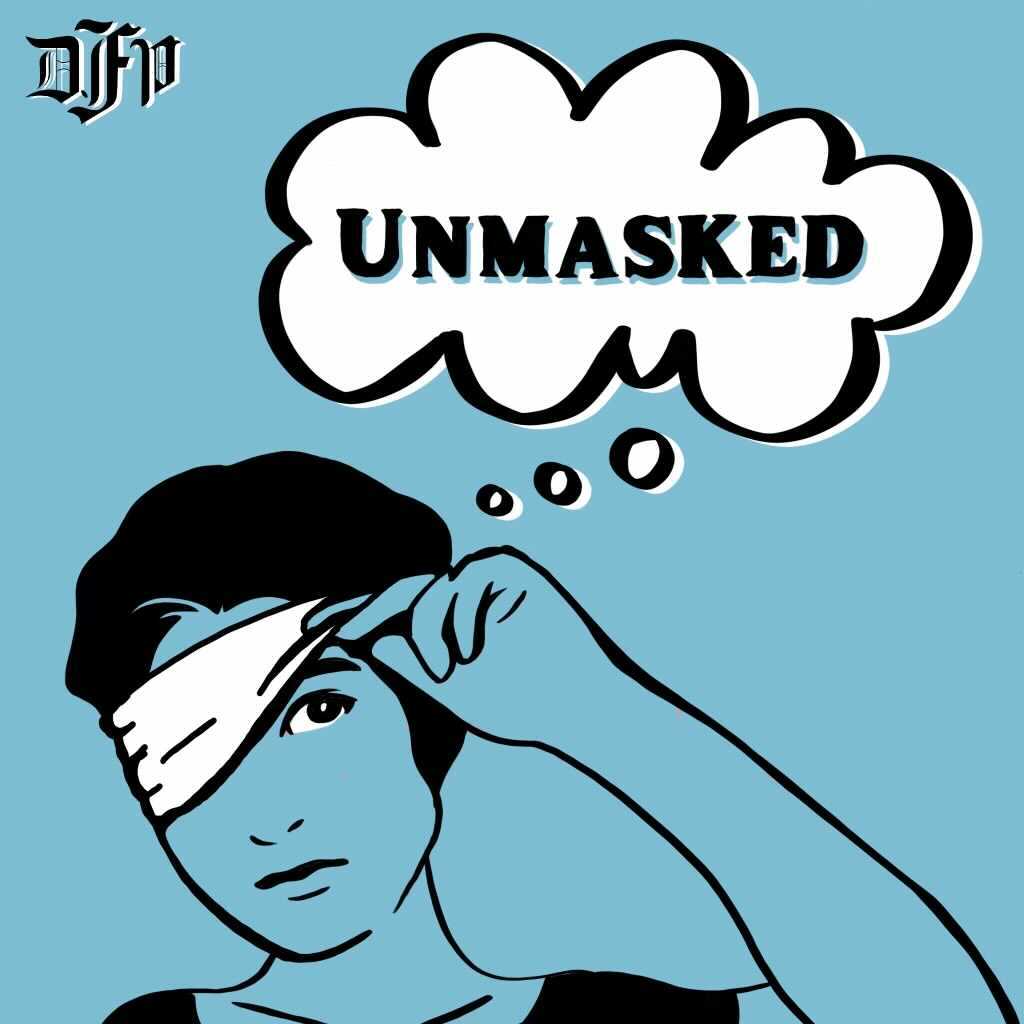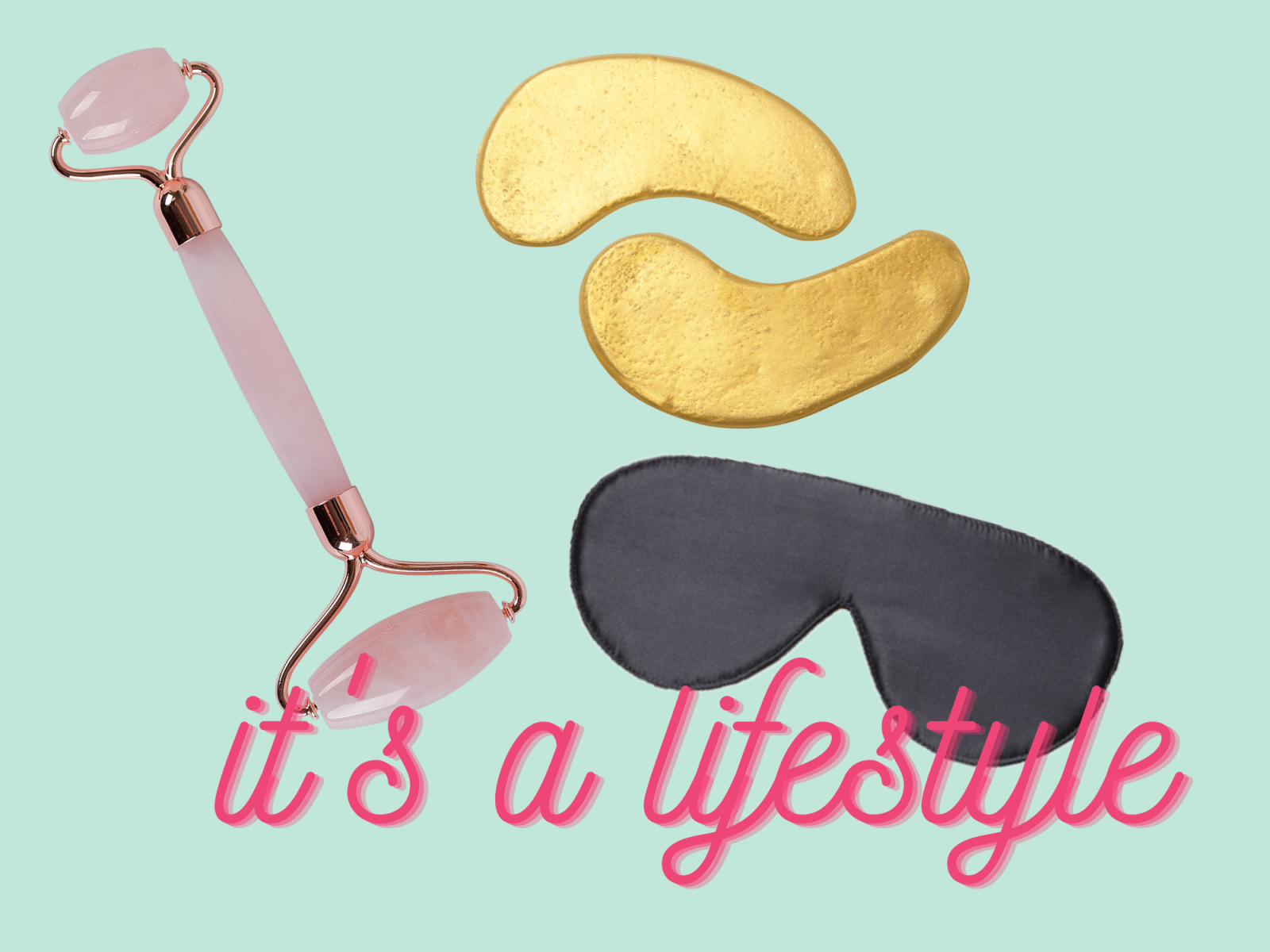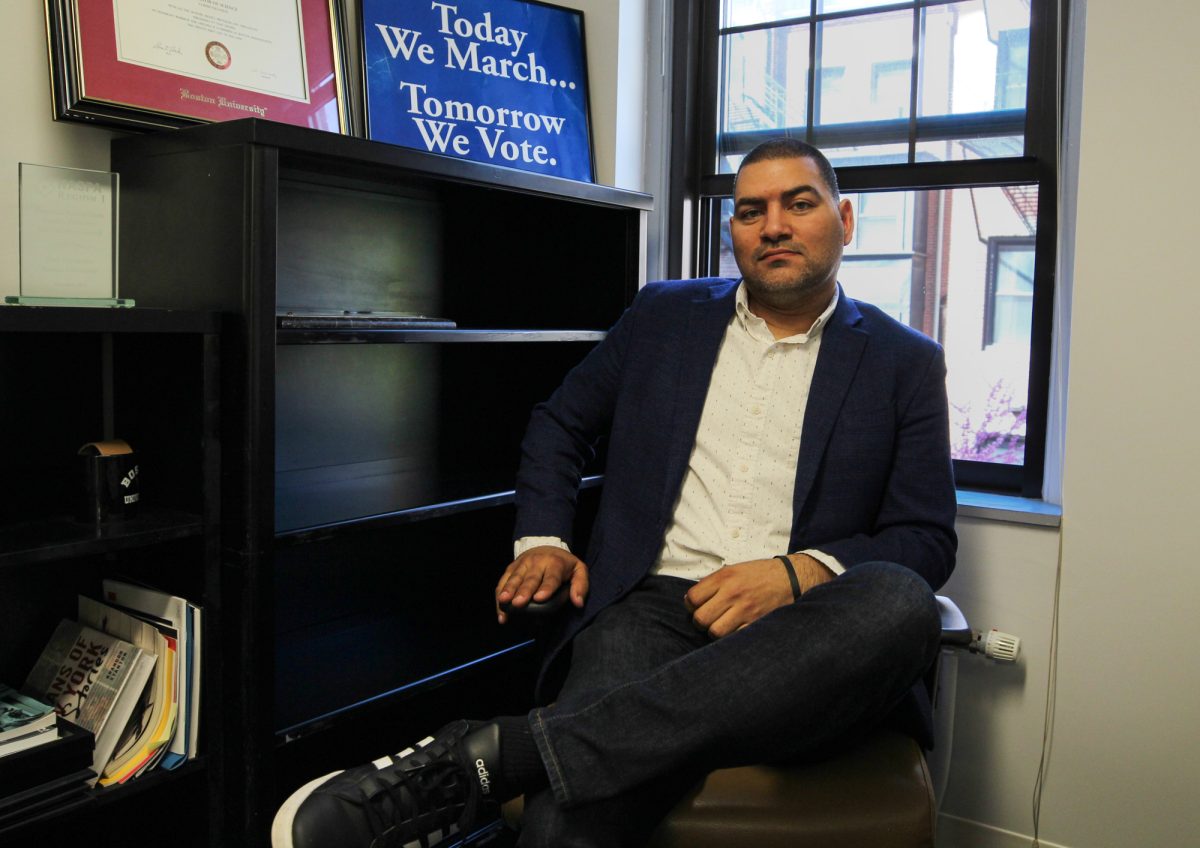I like to begin my academic papers with something distinct, something that separates me from every student in the class, something profound and something that makes people pause for five seconds because the literary greatness and originality of my opening sentence has knocked the wind out of them like the old crotch mishaps on America’s Funniest Home Videos. Something like this (drum roll please): There is a chance a small chance that as I write this, I have resorted to wearing mesh shorts under my jeans because all my underwear is dirty.
Bam! Now that’s the stuff of a good opening sentence. Consider yourself engaged. Now that I have sprung out of the gate like Seabiscuit on massive amounts of methamphetamines, it’s time to keep the momentum going by crafting my thesis statement. With the goal of distinguishing my paper from everyone else’s firmly in my brain, there is one overarching rule I obey every time I create a thesis. No matter what, I always I mean always pretend to be smarter than I really am by using monstrously sized words.
For example, my thesis statement for my underwear debacle would probably read something like, ‘Due to a lethargic lifestyle, I am able to conclude that the utility of the Nike mesh short is quantifiably better than that of the industrious, but easily soiled, Fruit of the Loom, thus antidisestablishmentarianism.’ Big words? You betcha. Distinct in its style? Clearly. Does it make sense? No. But as long as Microsoft Word doesn’t put a green line under the sentence, the sense of it is my last concern. Look here: ‘A cat ubiquitously walked ferociously while facing humanitarianism.’ According to the Microsoft Word Green Line Law, that sentence is a winner, and clearly so.
Then again, because all laws are meant to be broken, I never restrict myself to the Green Line Law for fear that it would stifle my creativity. See, I am a big fan of the run-on sentence, it’s the greatest thing in the world, and periods are somewhat cliché, which leads me to another point that since clichÈs are looked down upon, I embrace them and tongue kiss them because I use them to set my paper apart from everyone else’s, making my paper a hell of a lot more noticeable than a needle in a haystack. Run on, sentence! Run on!
After my cliché-filled thesis statement is complete in showing off my verbal muscles, run-on sentences and all, it is now time to slip on my best surgical scrubs, wash my hands, drink some firewater and get to work on my paper’s body. When writing the body, it is important to have an open, creative mind. What helps me when working on the body of my paper is that I often envision papers working on their bodies at the paper gym via running on treadmills … naked. One of the main functions of the paper’s body is to support the thesis statement with evidence from other sources. There are many boring ways to cite these sources, MLA and Chicago Style to name a few. I, on the other hand, in the concerted effort to make my paper distinctive from the rest, have decided to create my own style. Mine uses several subtle nuances of Tai Kwon Do combined with my voice’s ability to sound as if I had just inhaled helium. It’s called the ‘Awesome Style.’ How does it work? HA! Wouldn’t you like to know.
With a unique source-citing system in place, all I have to worry about is making the look of my paper unique. Most people choose 12-point Times New Roman as their font. Boring. Because I believe Times New Roman’s Microsoft-like monopoly on the font world must end, I have decided to be the proud sponsor of ‘Bookman Old Style’ font. Often overlooked in the font world, Bookman Old Style has definite character. Also, Mr. Bookman, the creator of Bookman Old, is giving me 5 cents a week to not only use his font, but to make it huge on every highly noticeable piece of bright orange paper I print out. So, if you ever see a bright orange paper smelling of cheap cologne with 42-point Bookman Old Style font, you know it was this guy. Also, because I believe everything I say to be of the utmost importance, every word I type must be bold, underlined and italicized.
Now that the look has been established, it is now time to end the paper. Most people like to conclude on a profound note by quoting somebody like Benjamin Franklin or John F. Kennedy. And that’s okay, for I have heard those two individuals have done some great things, but in order to make my paper stand out, I like to take a different approach to the conclusion … by not concluding at all. No one expects the paper to start all over again. There is a chance a small chance that as I write this, I have resorted to wearing mesh shorts under my jeans because all my underwear is dirty. Come to think of it, I think Benjamin Franklin did say that.
Seth Reiss, a junior in the College of Communication, is a weekly columnist for The Daily Free Press.

